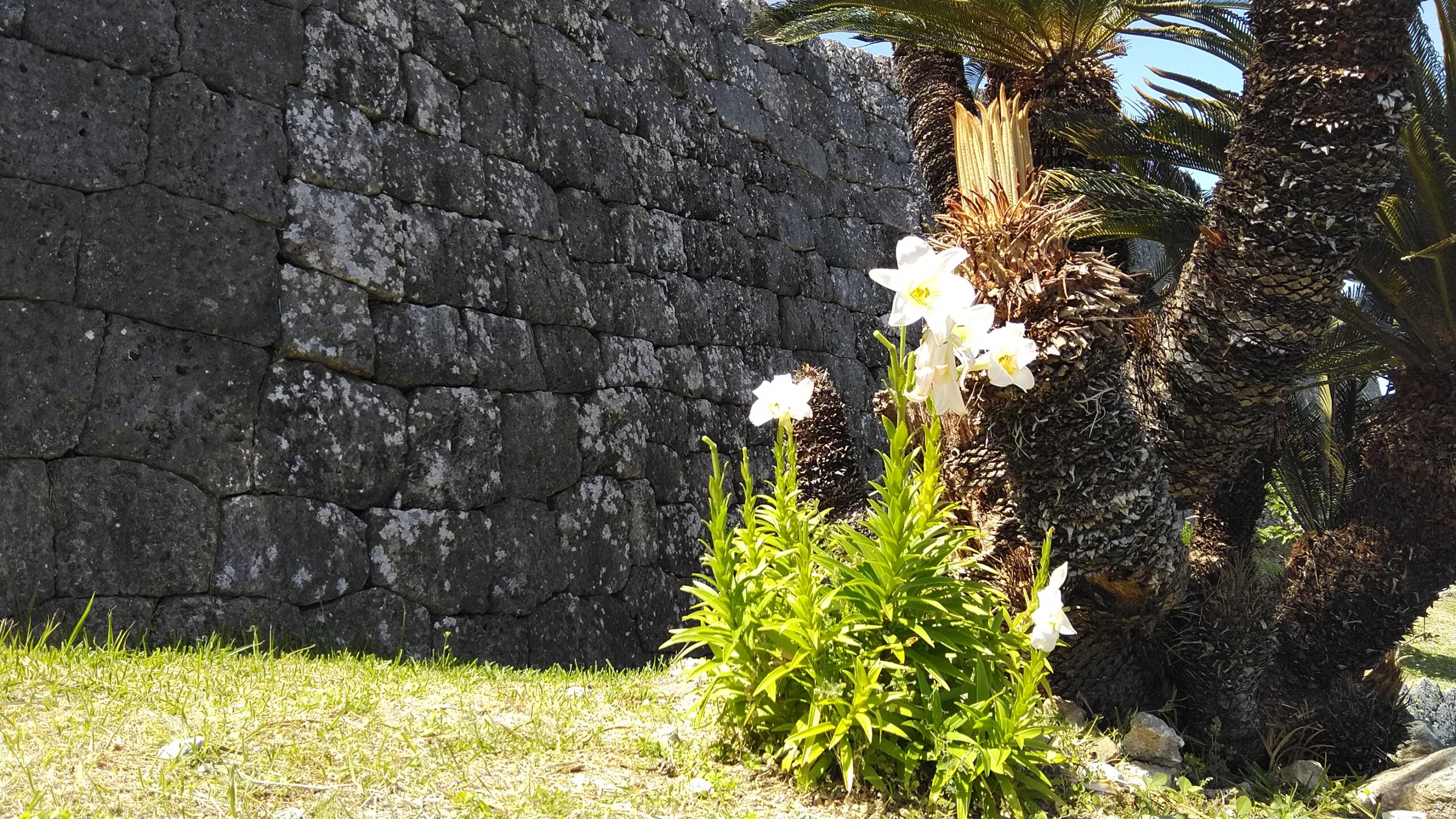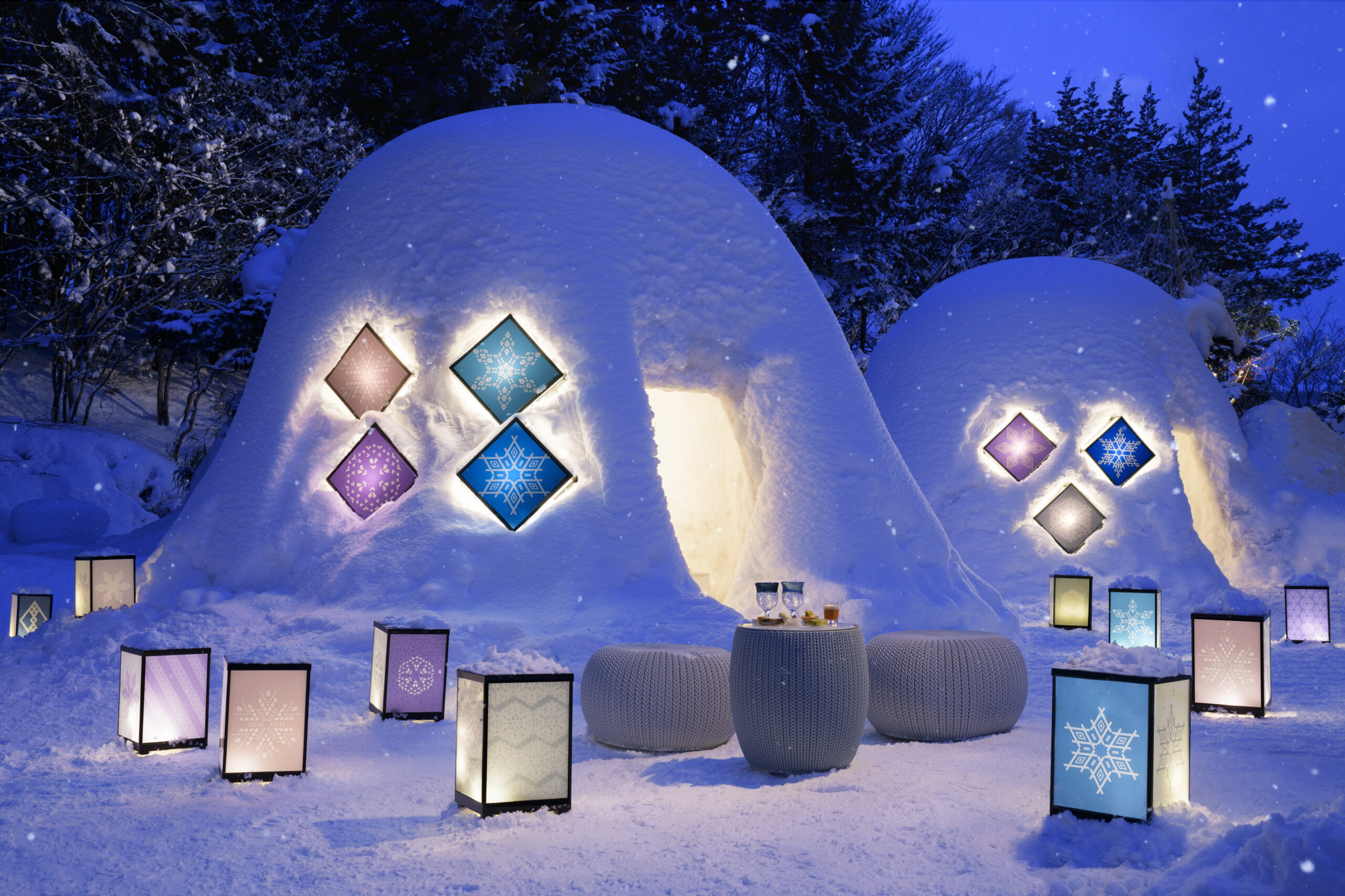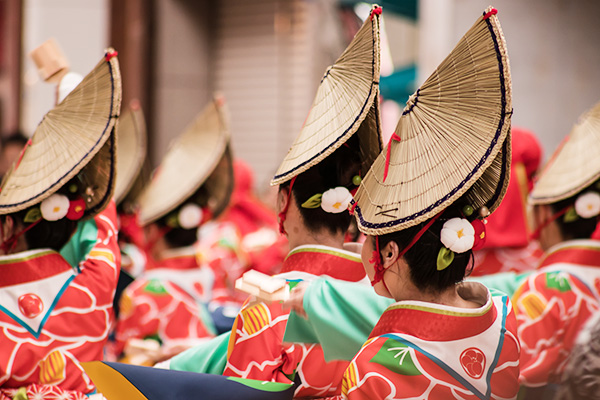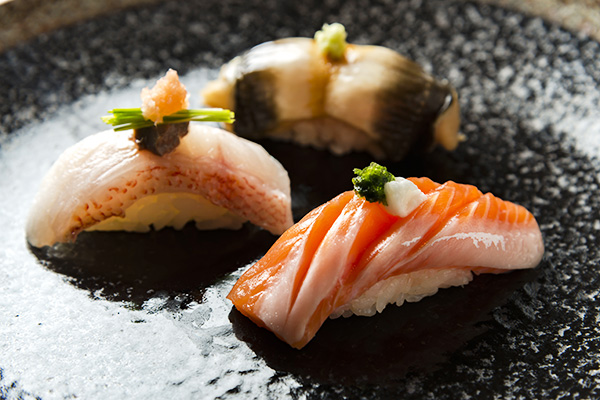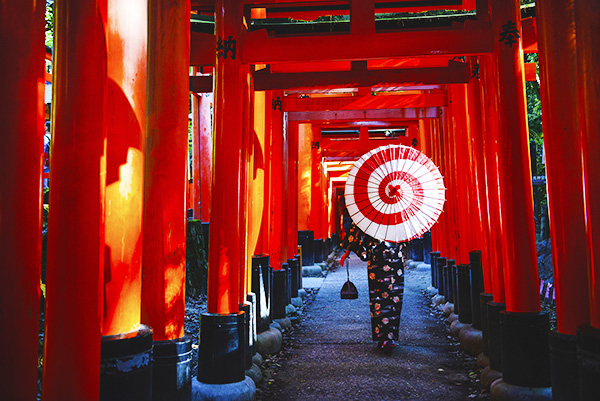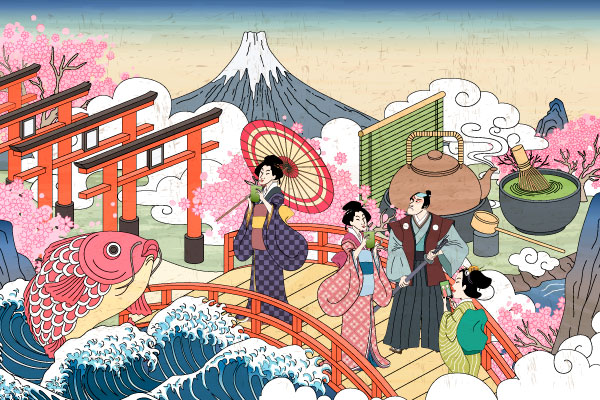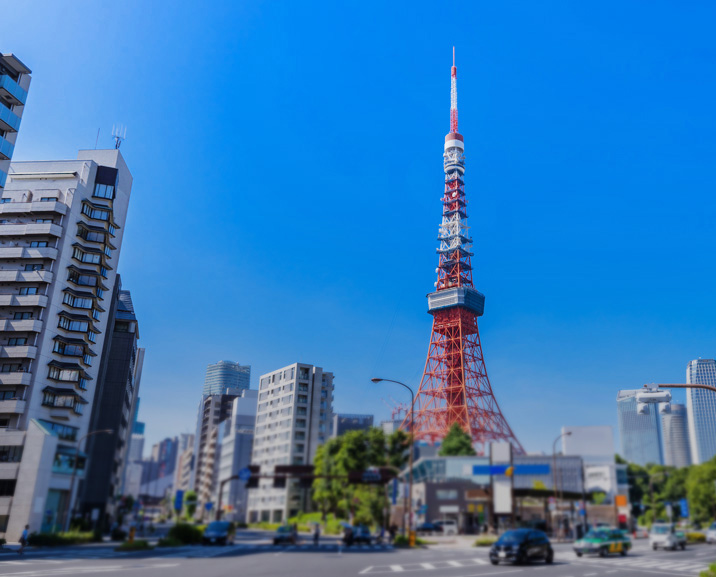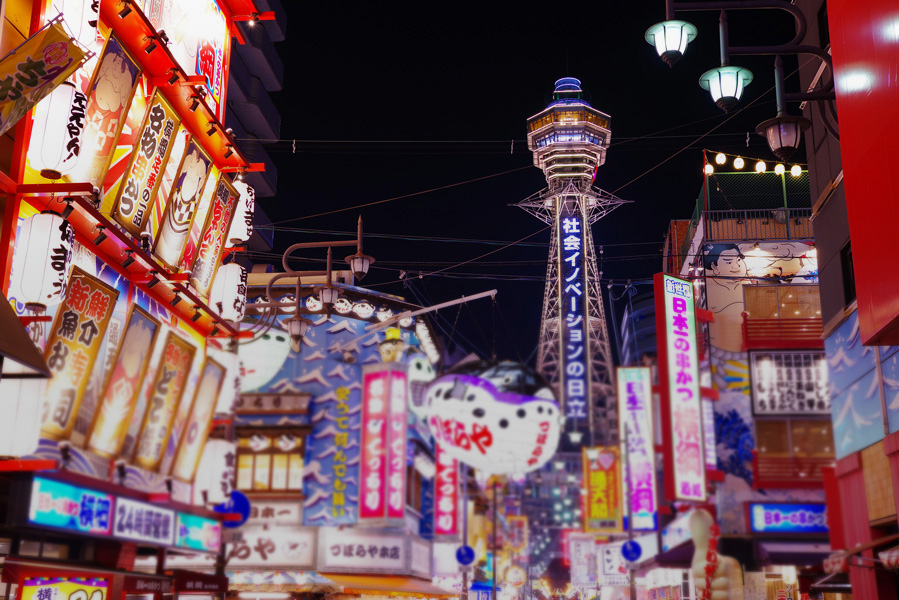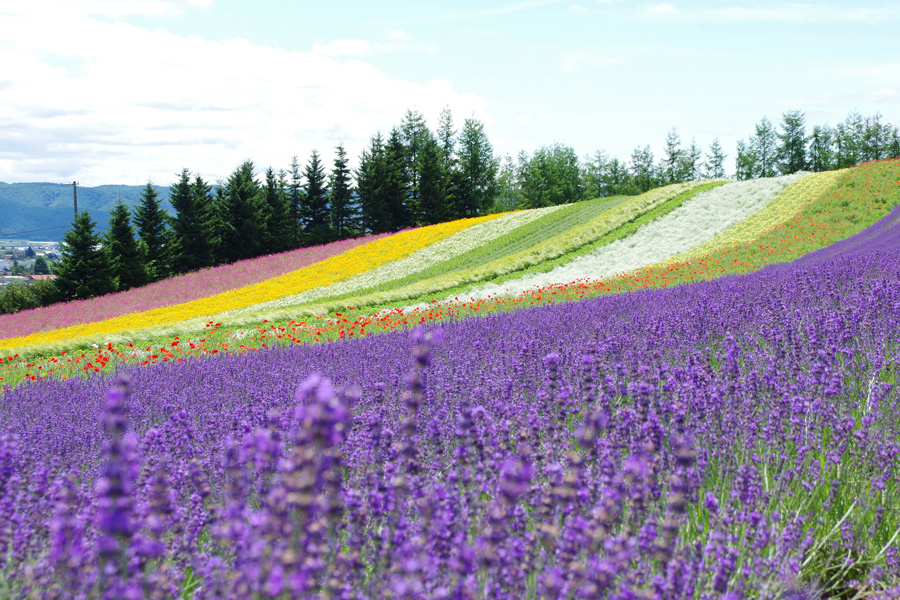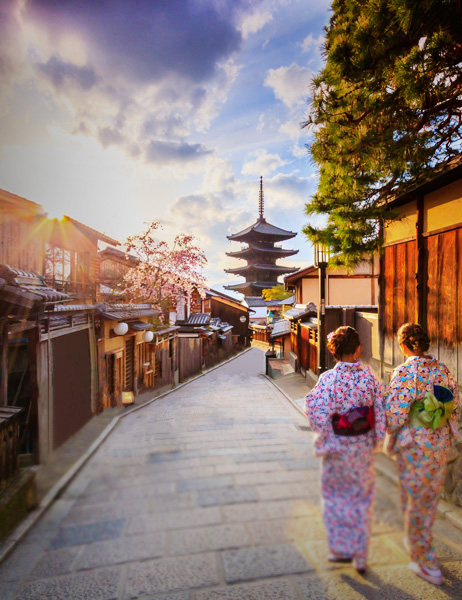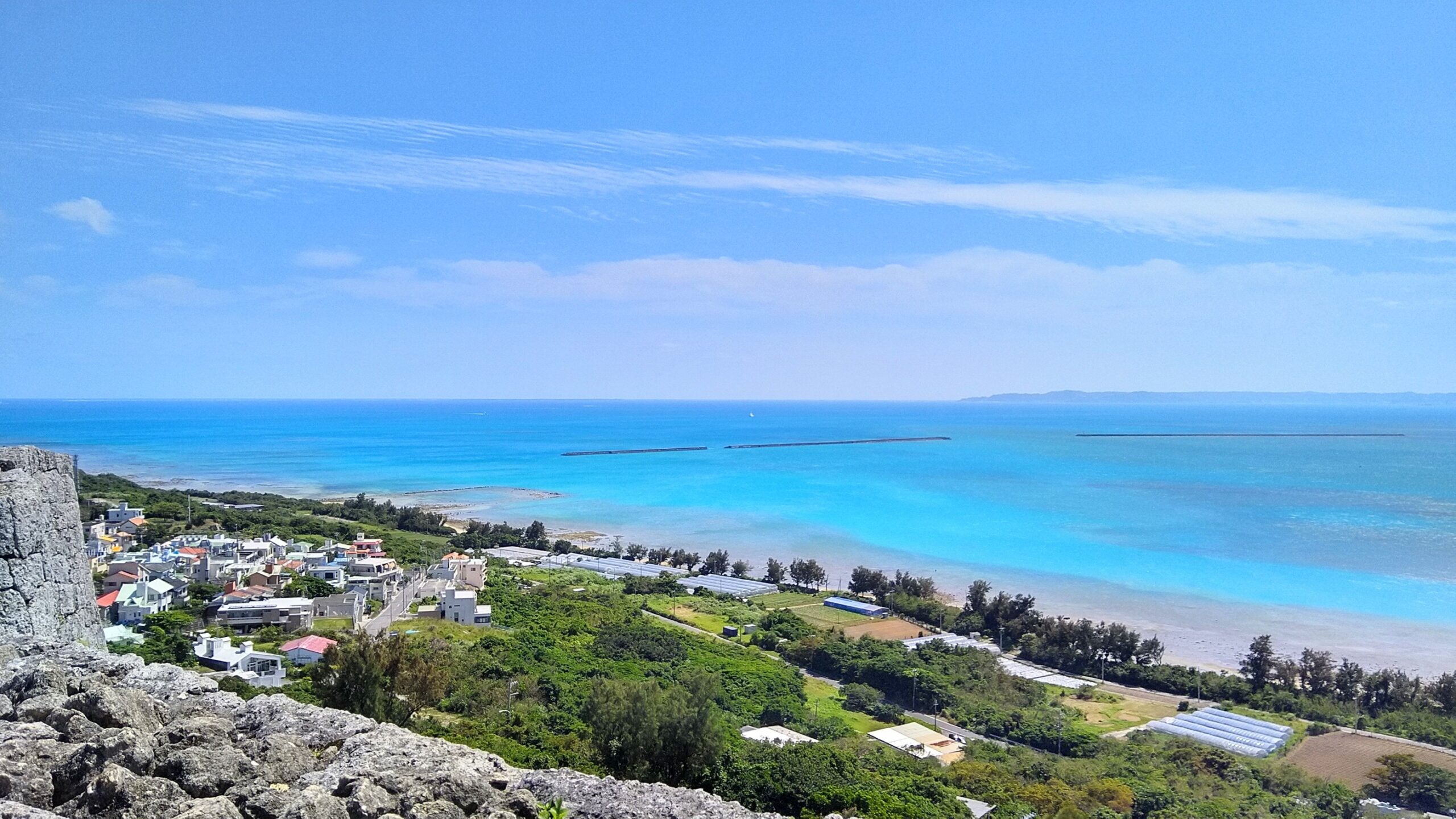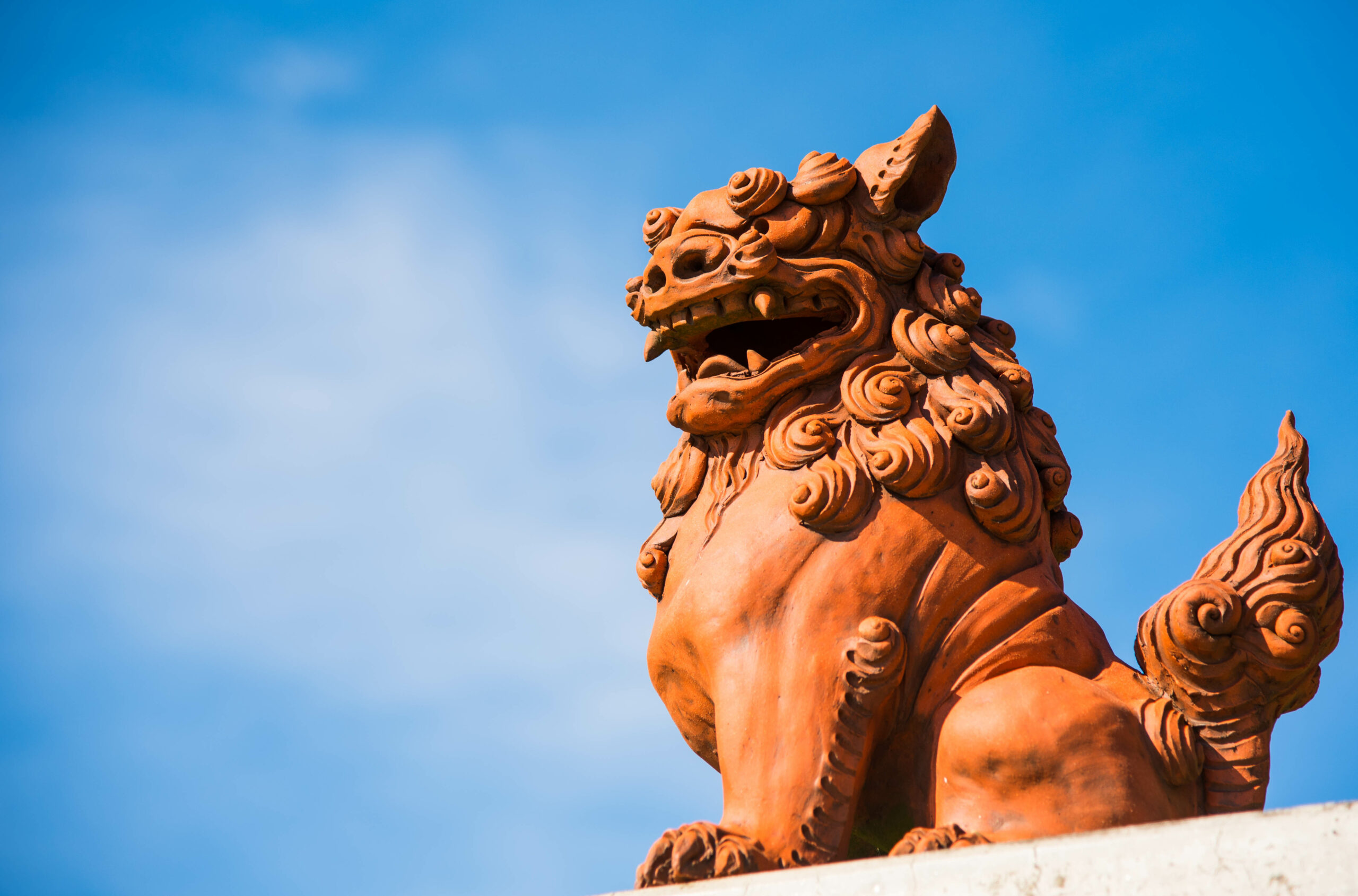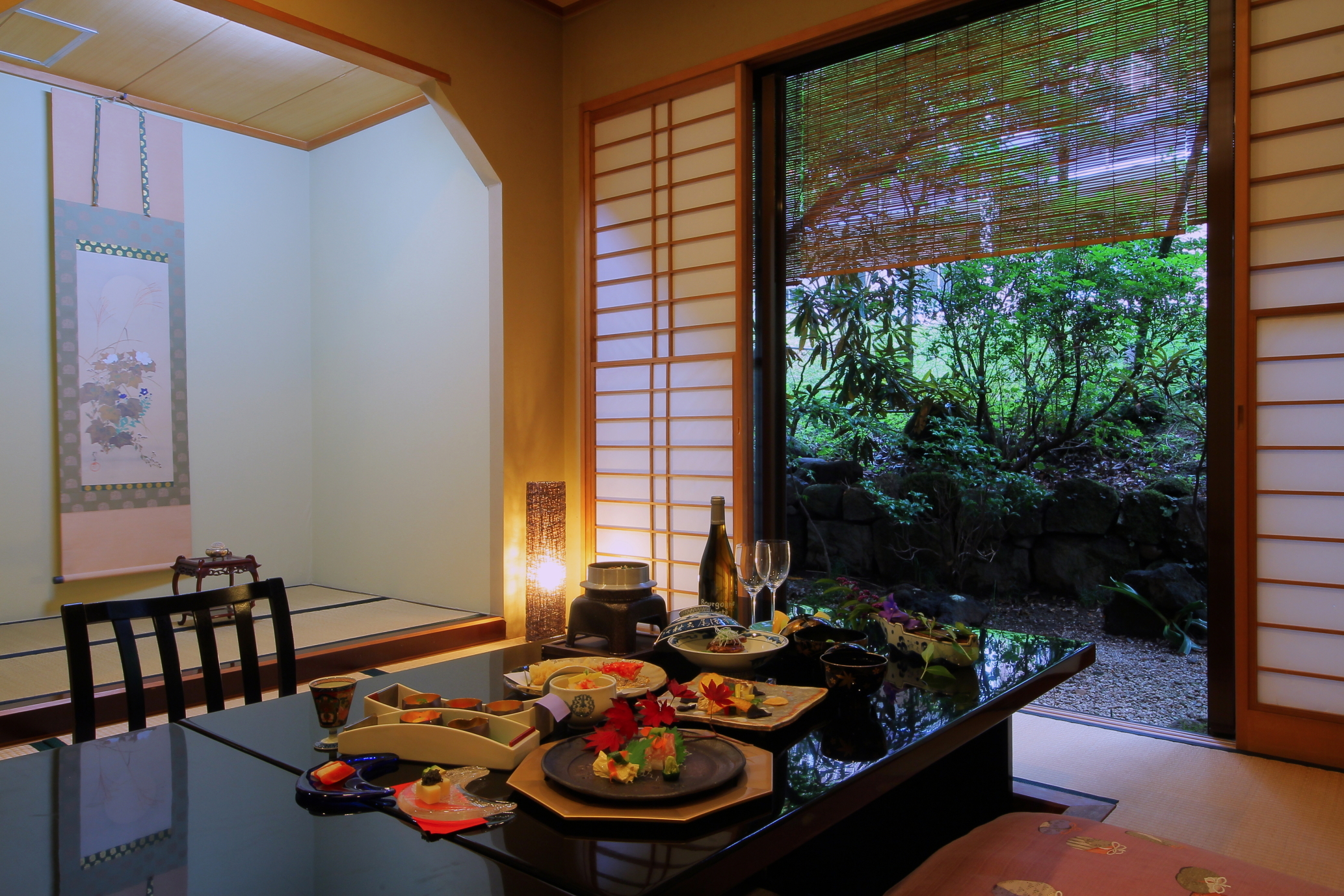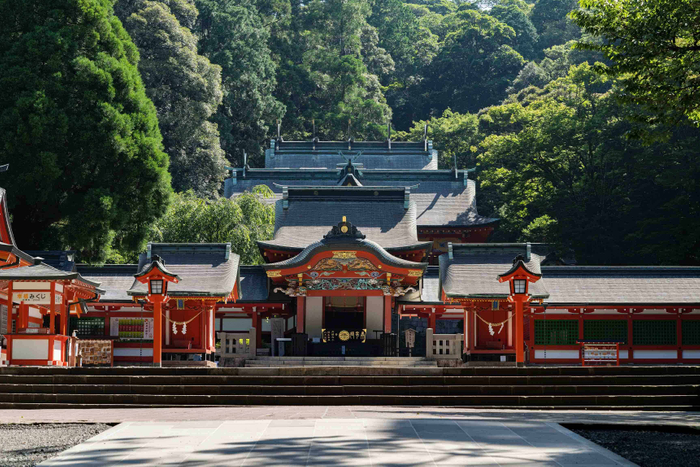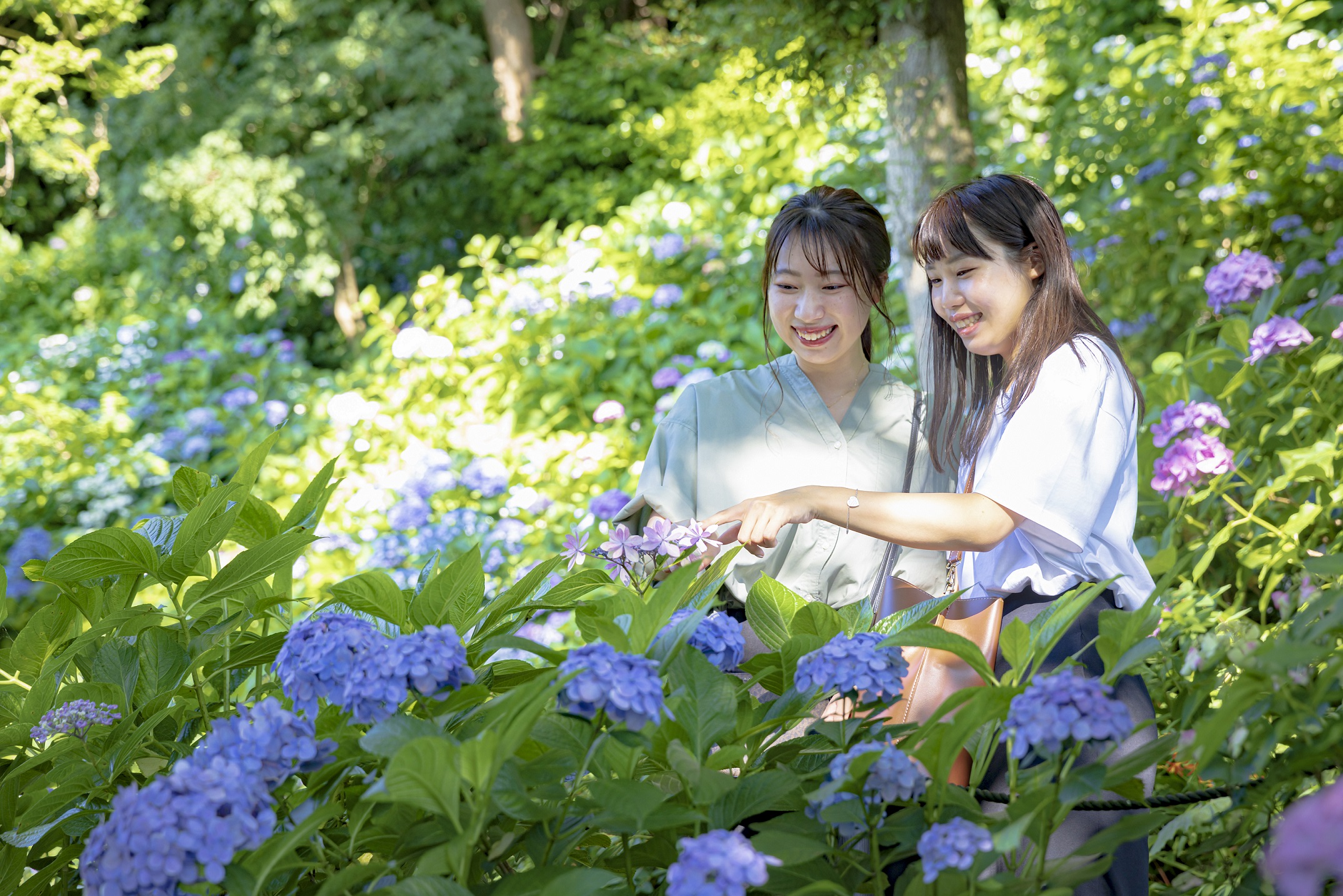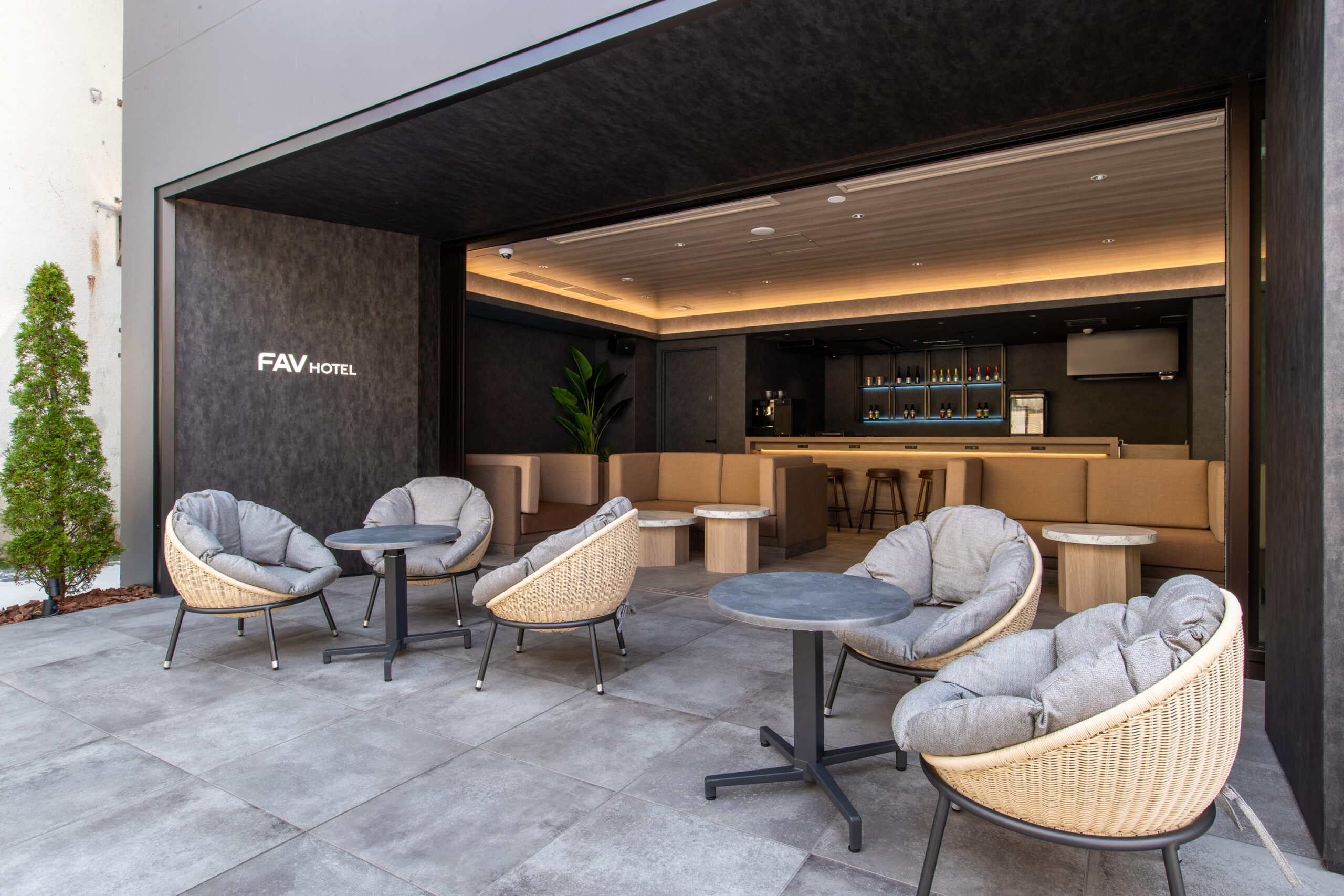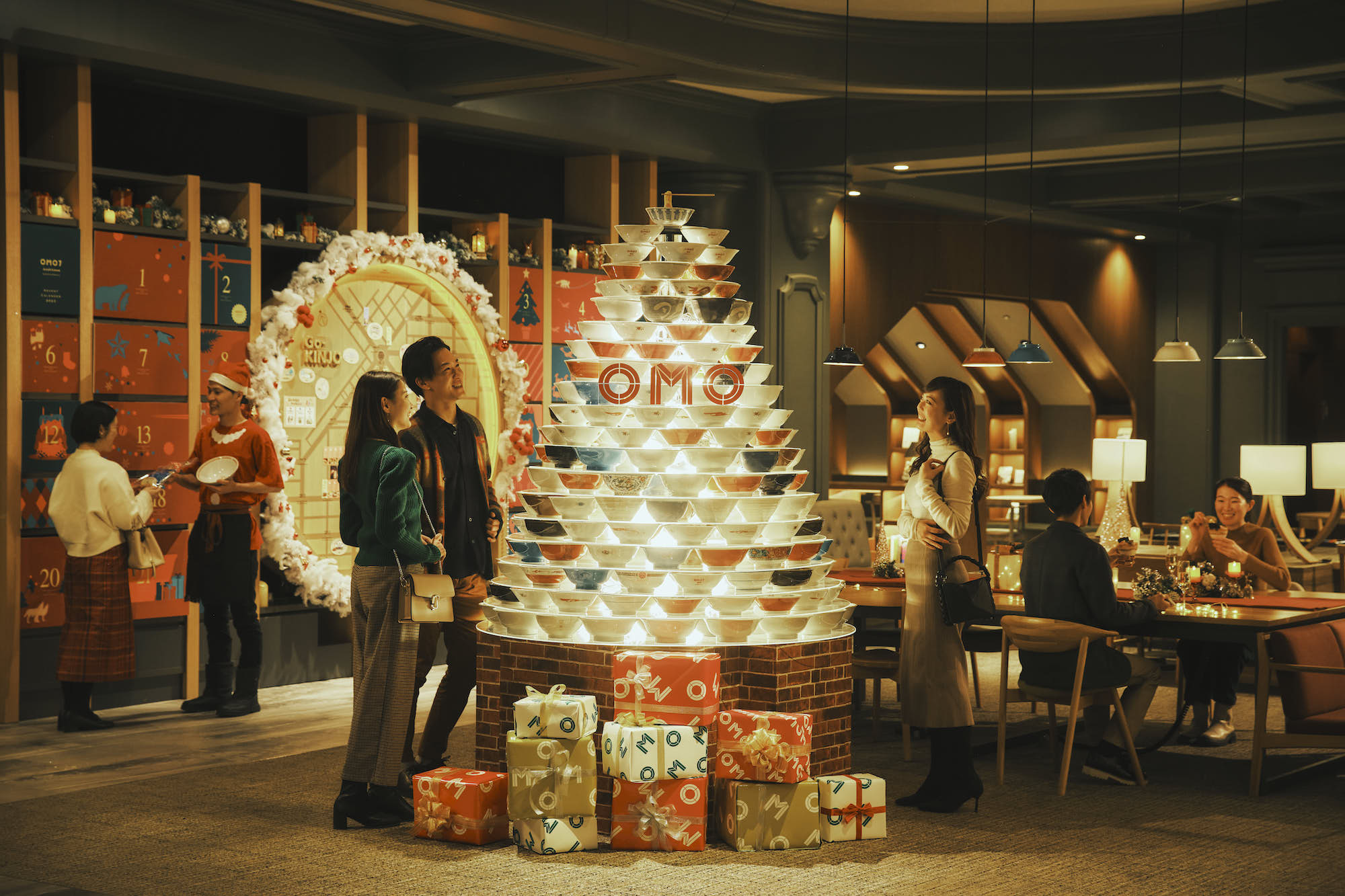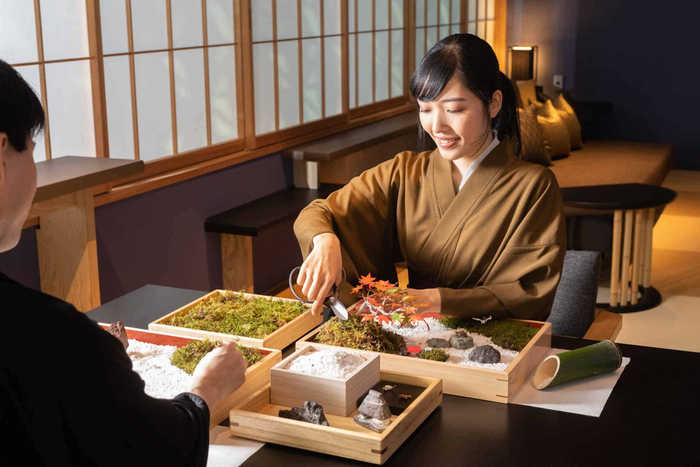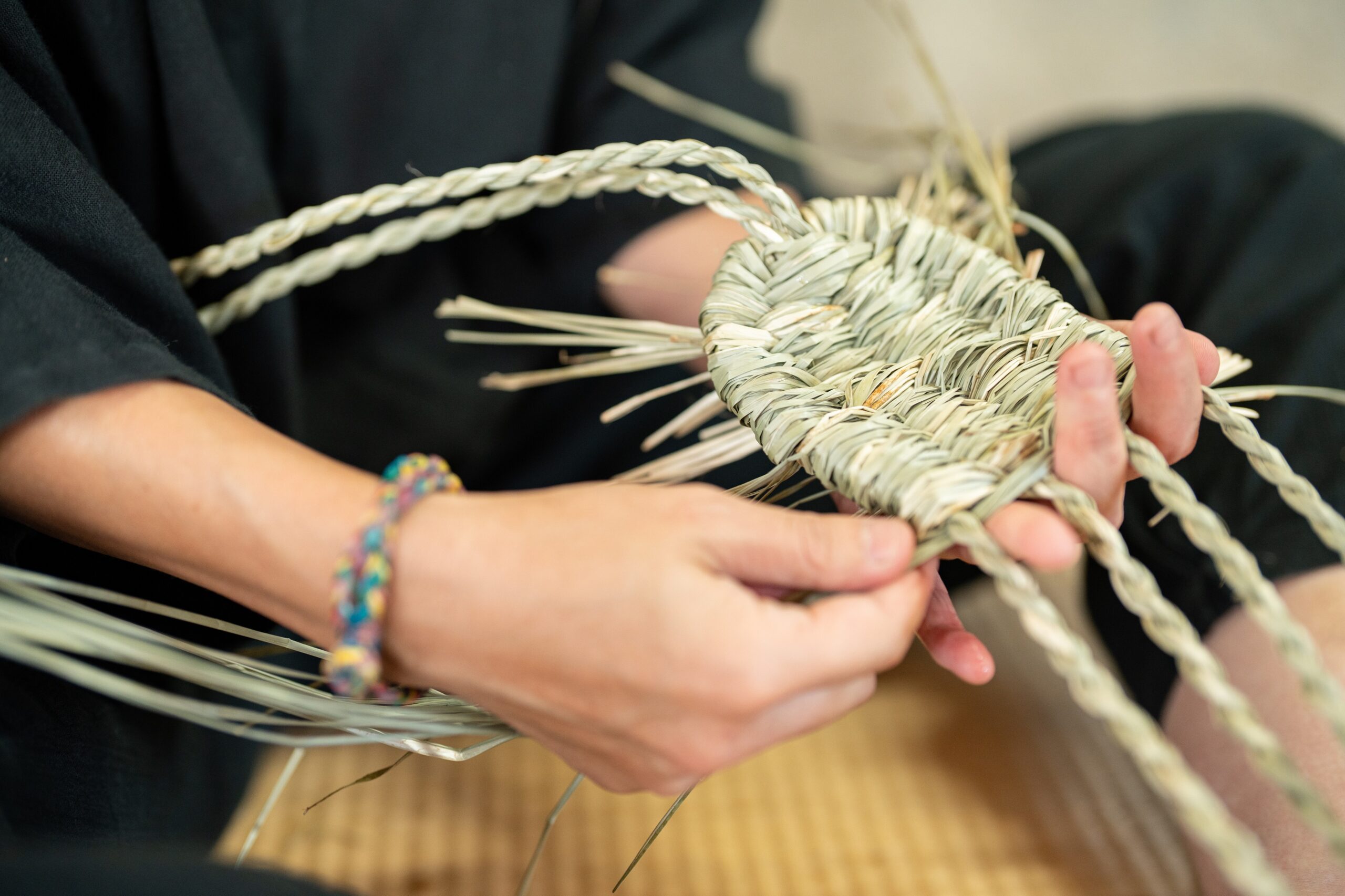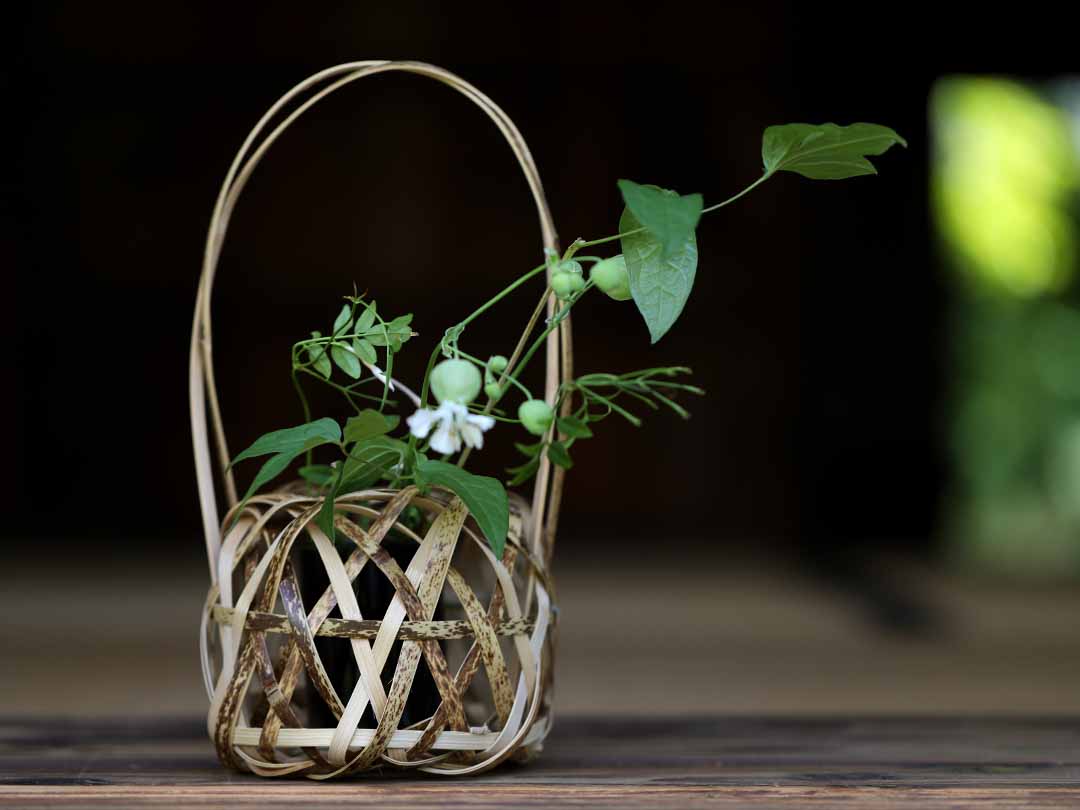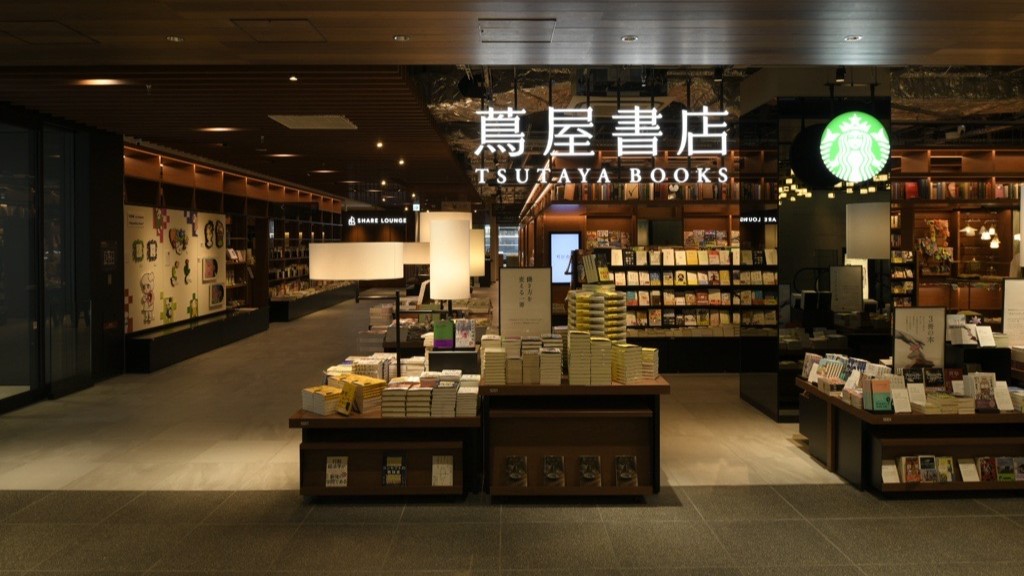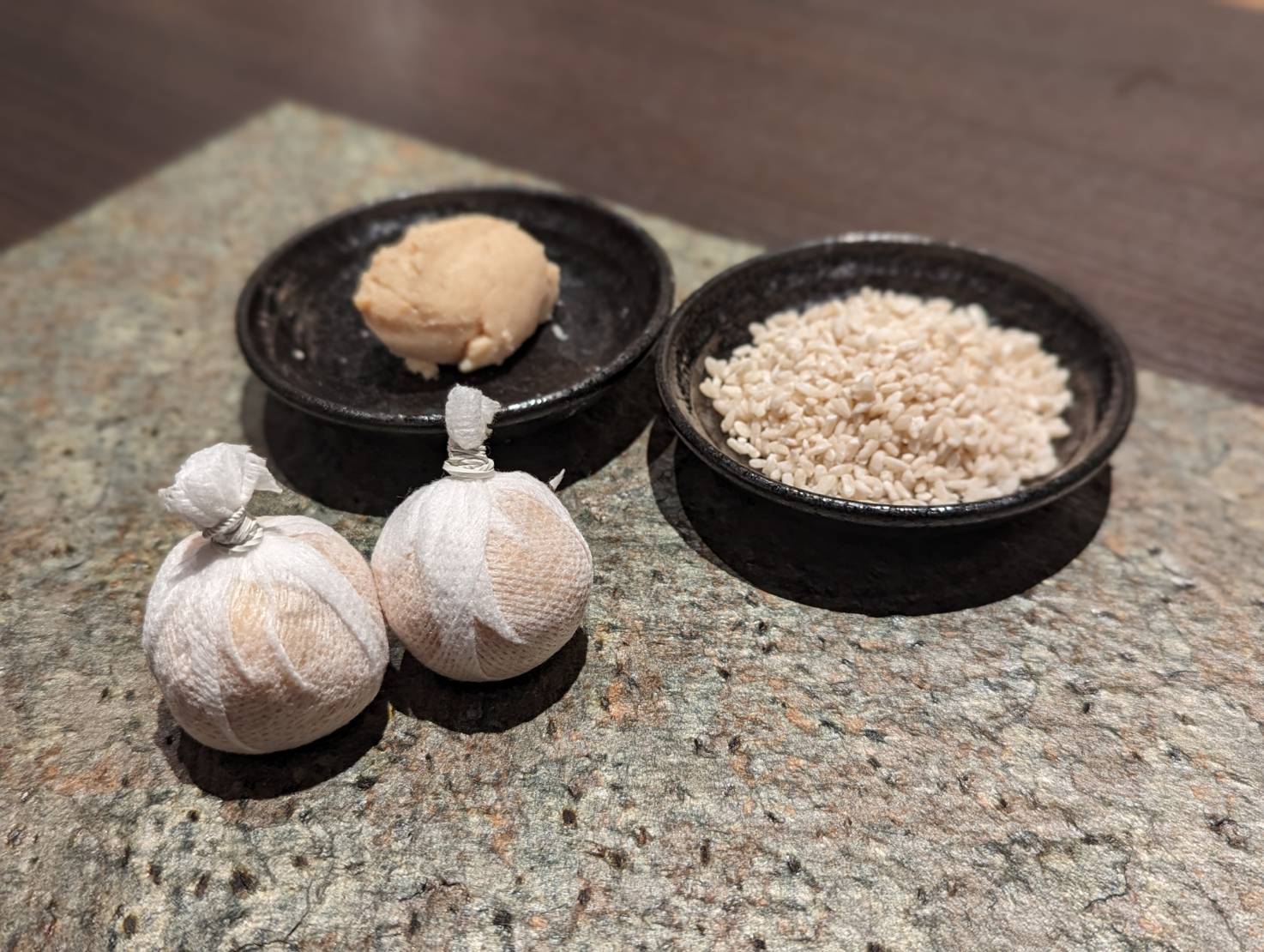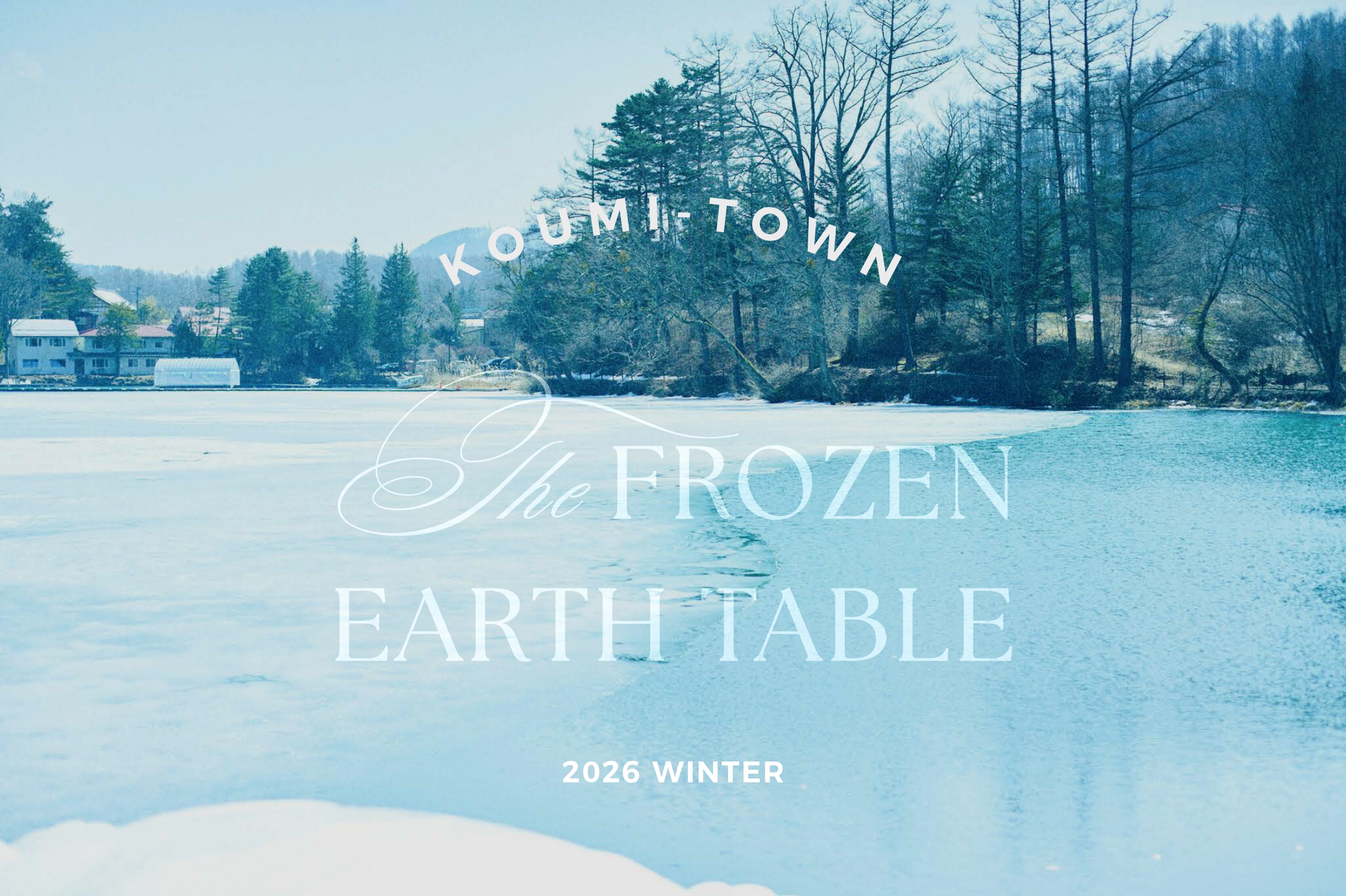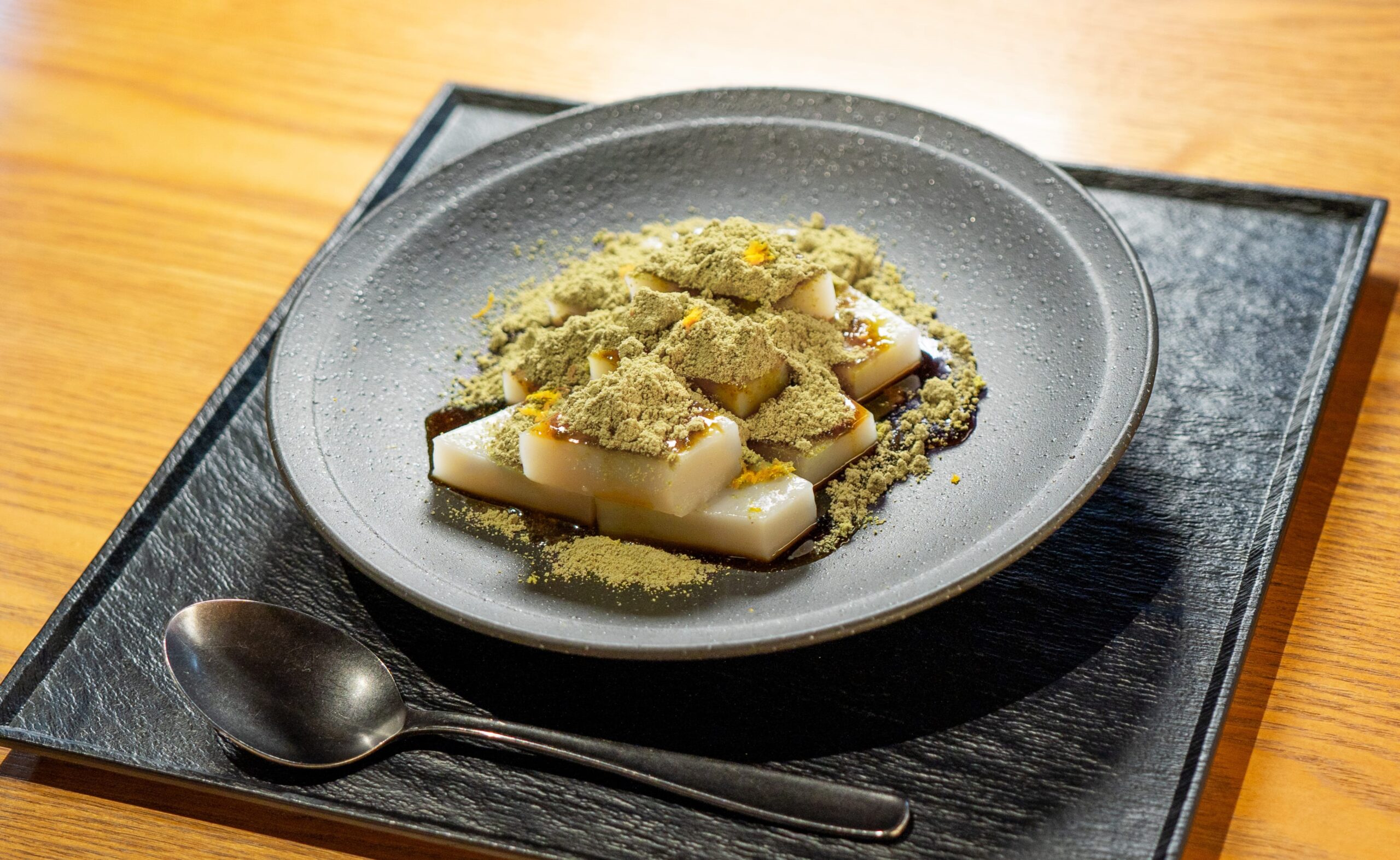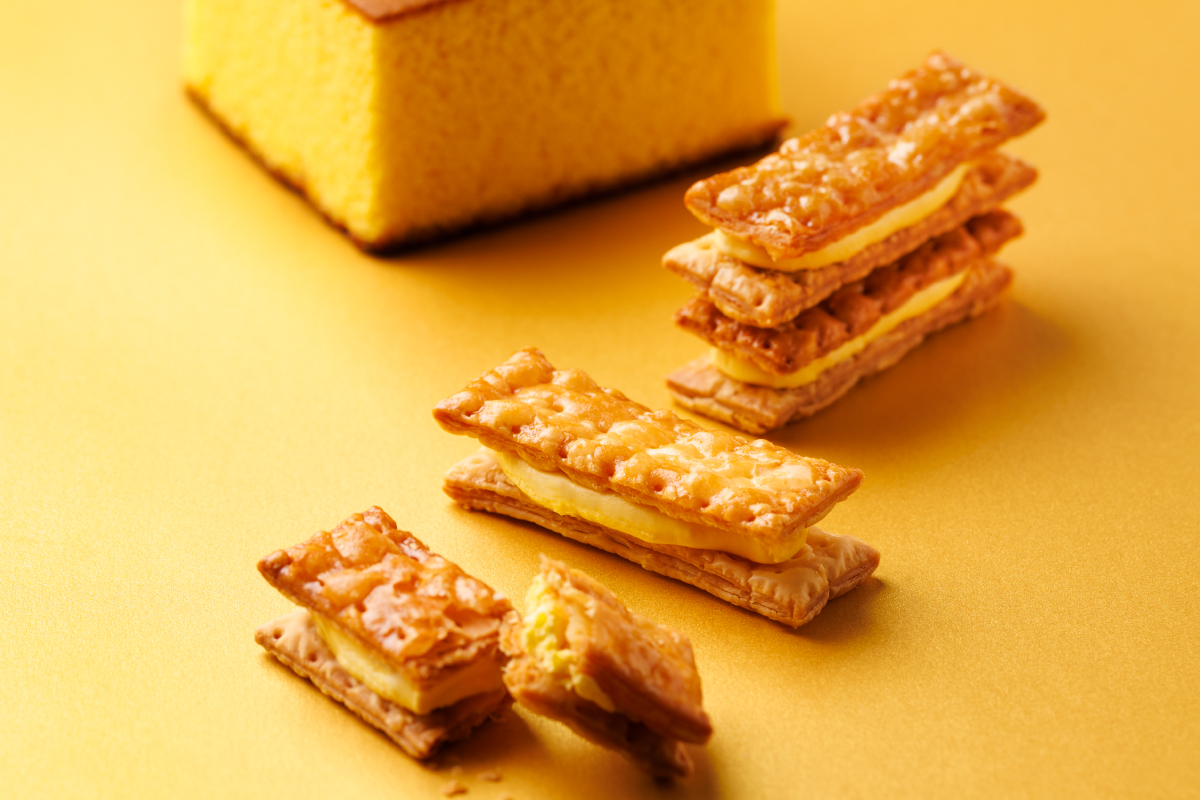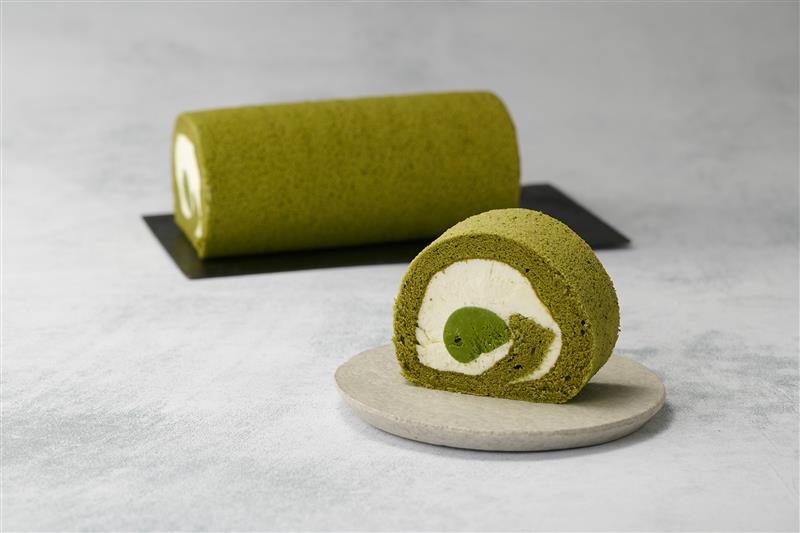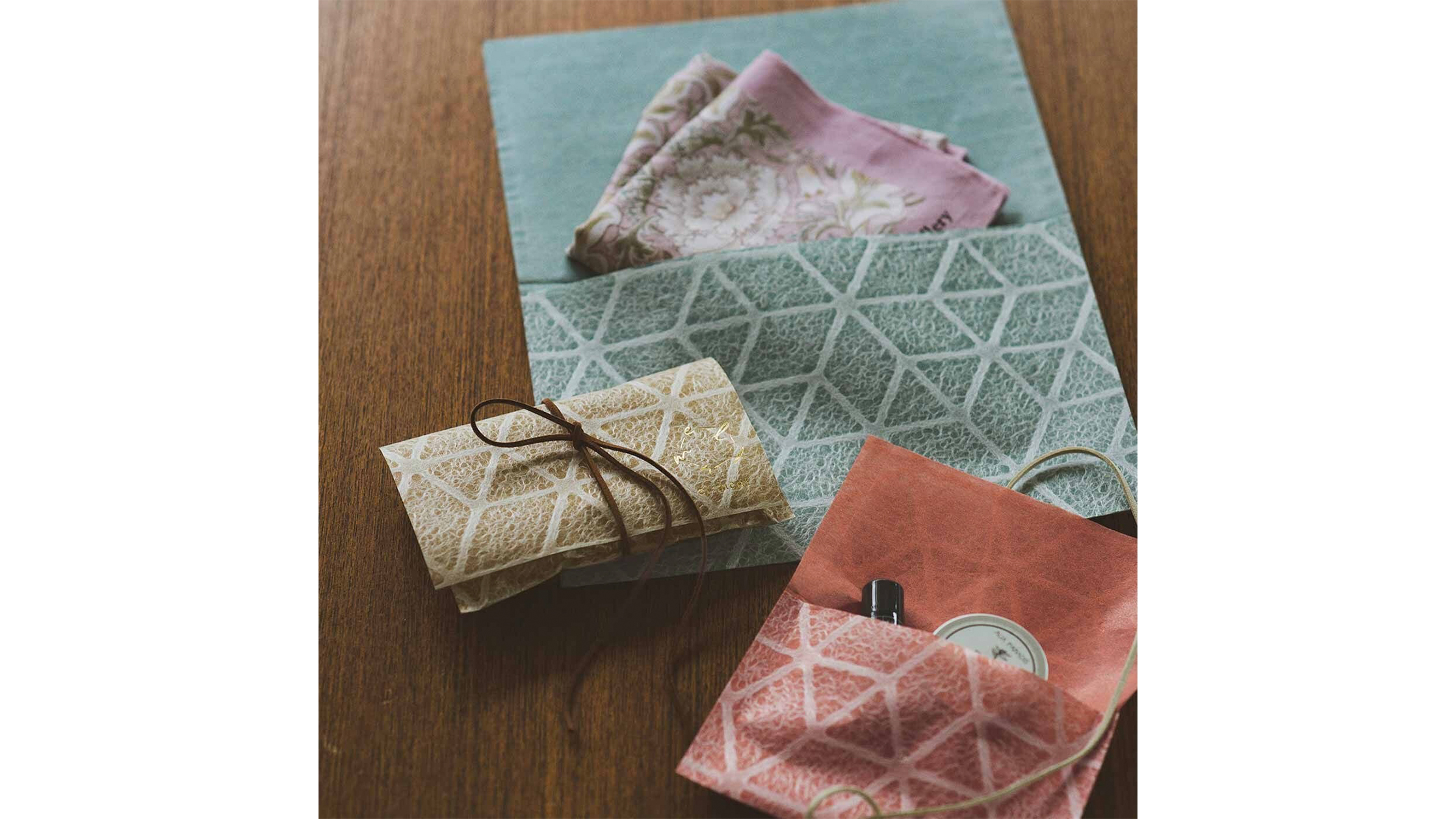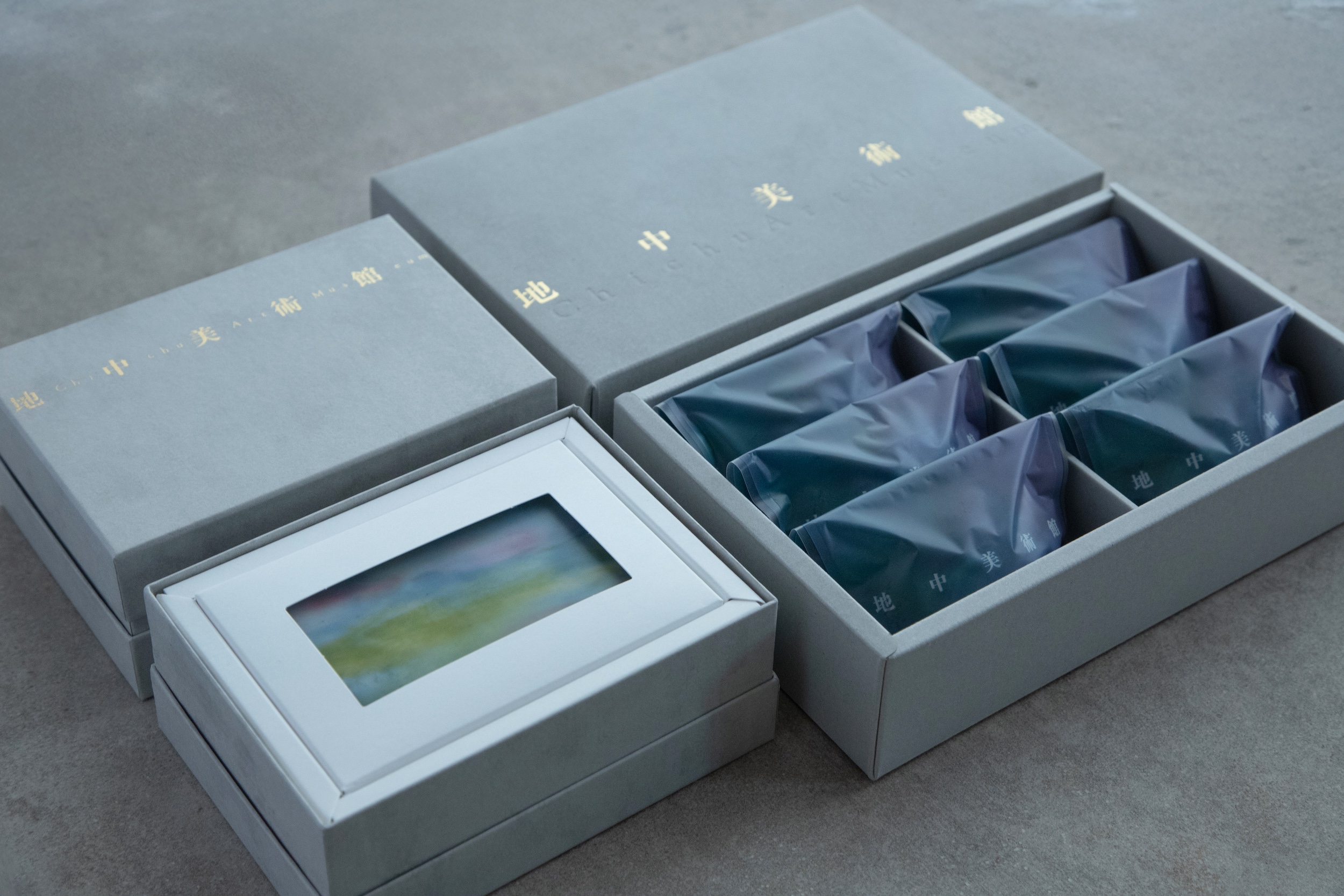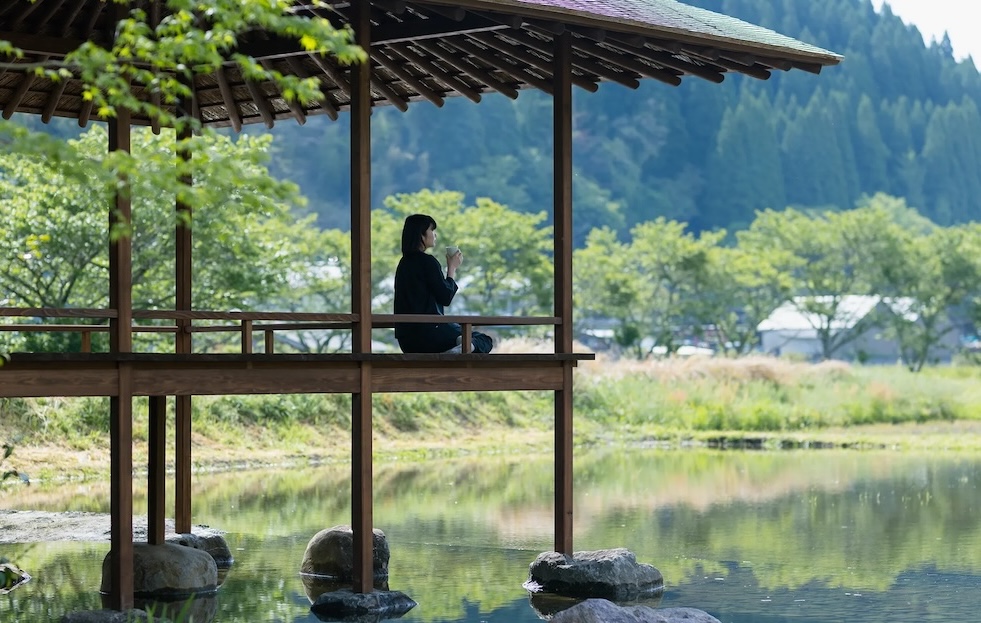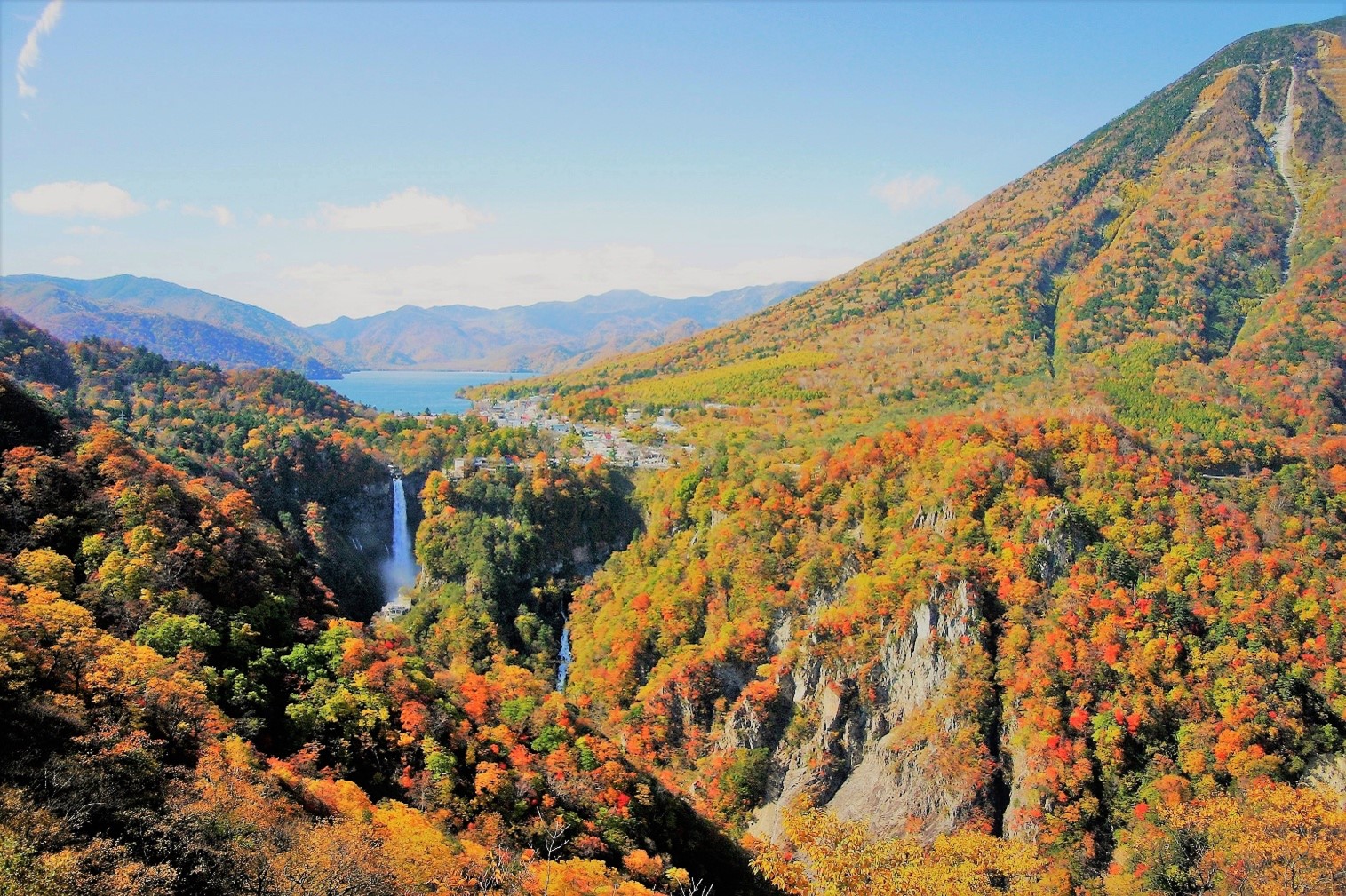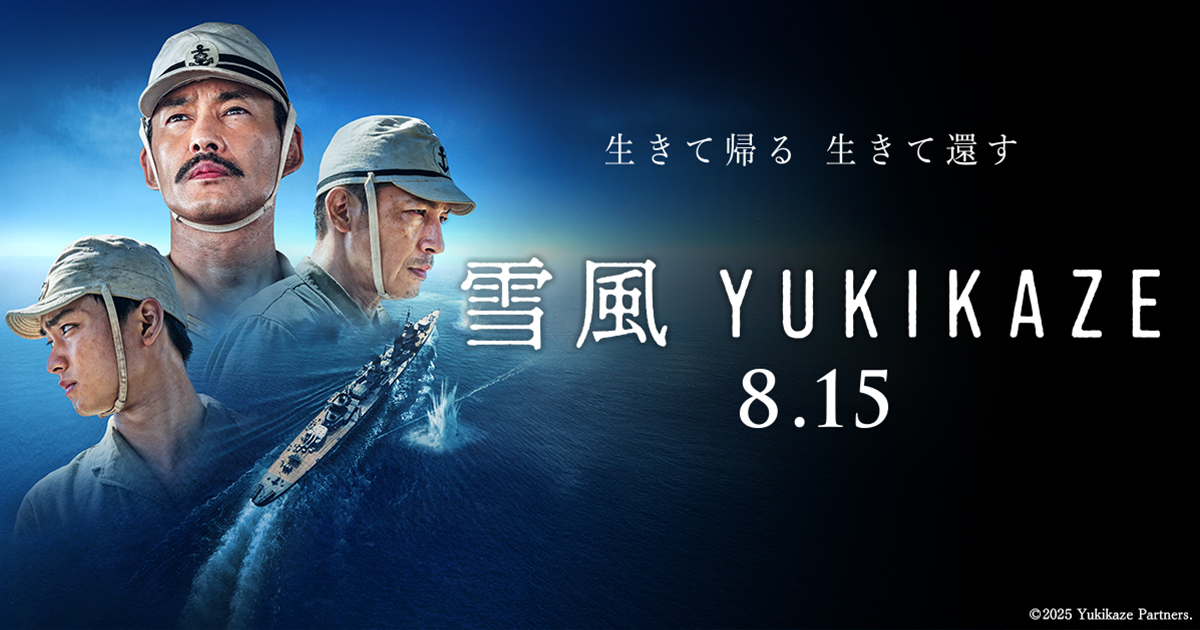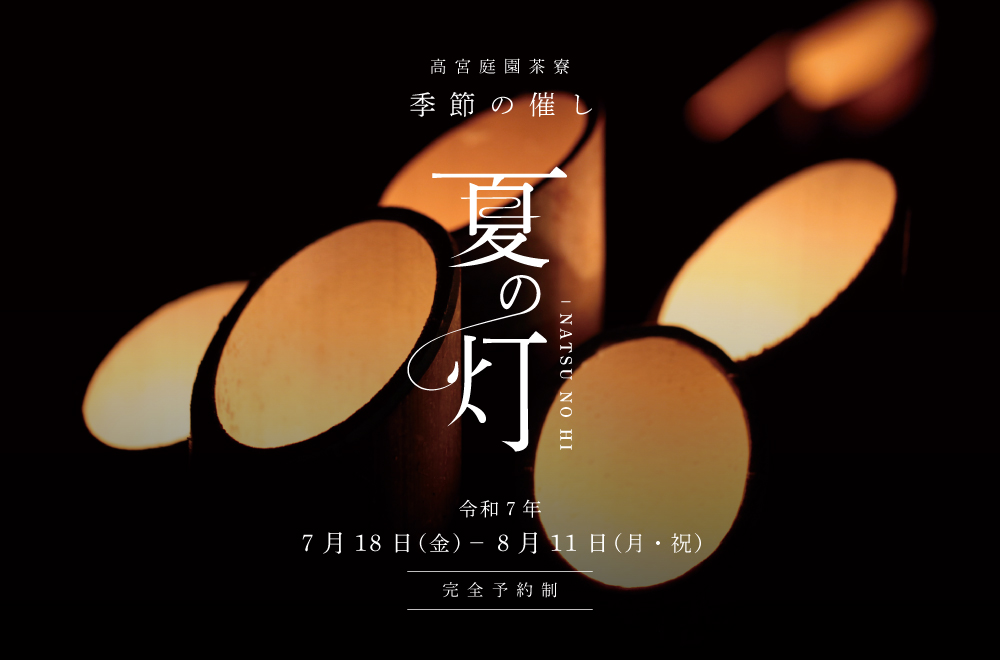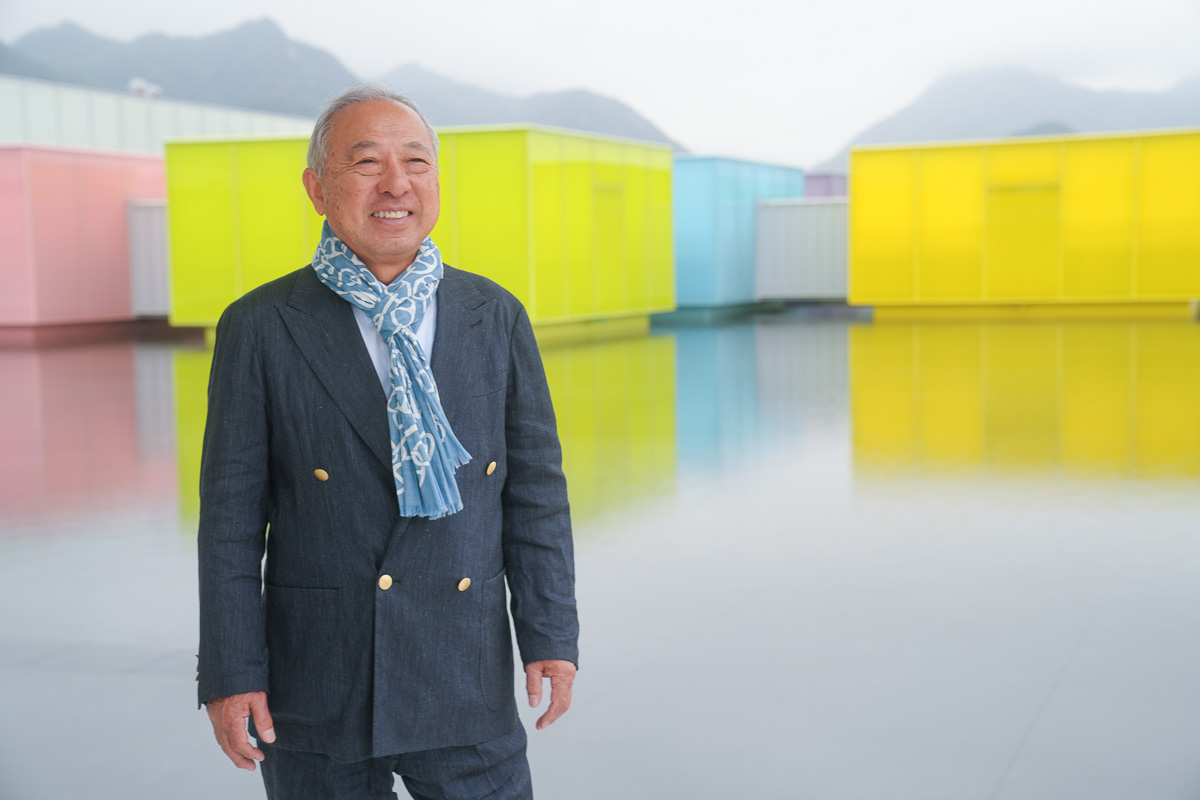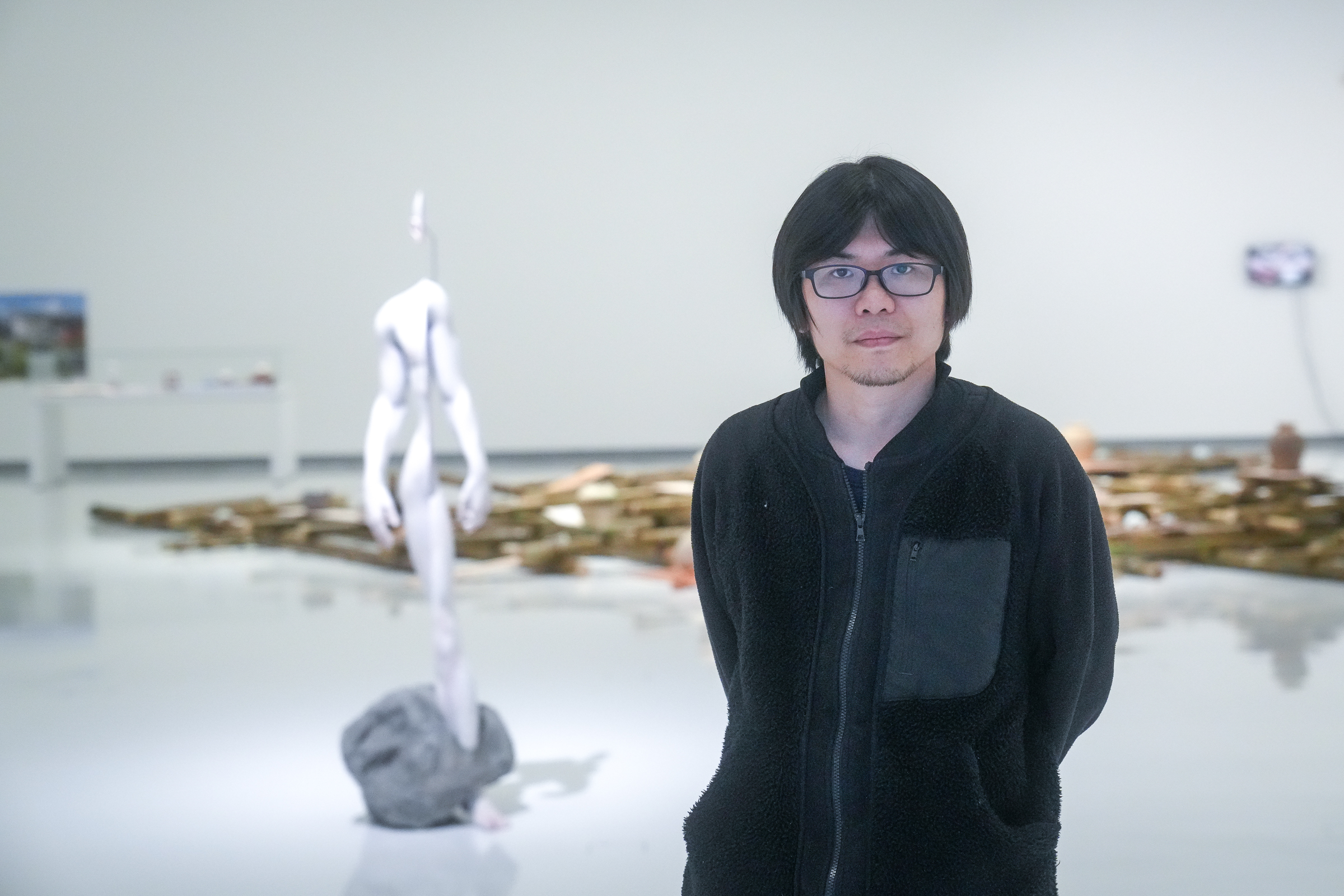Scenery seen by Amawari
Now, for Katsuren Castle, it is the stairs to the final defense line “Ichi no Kuruwa”.
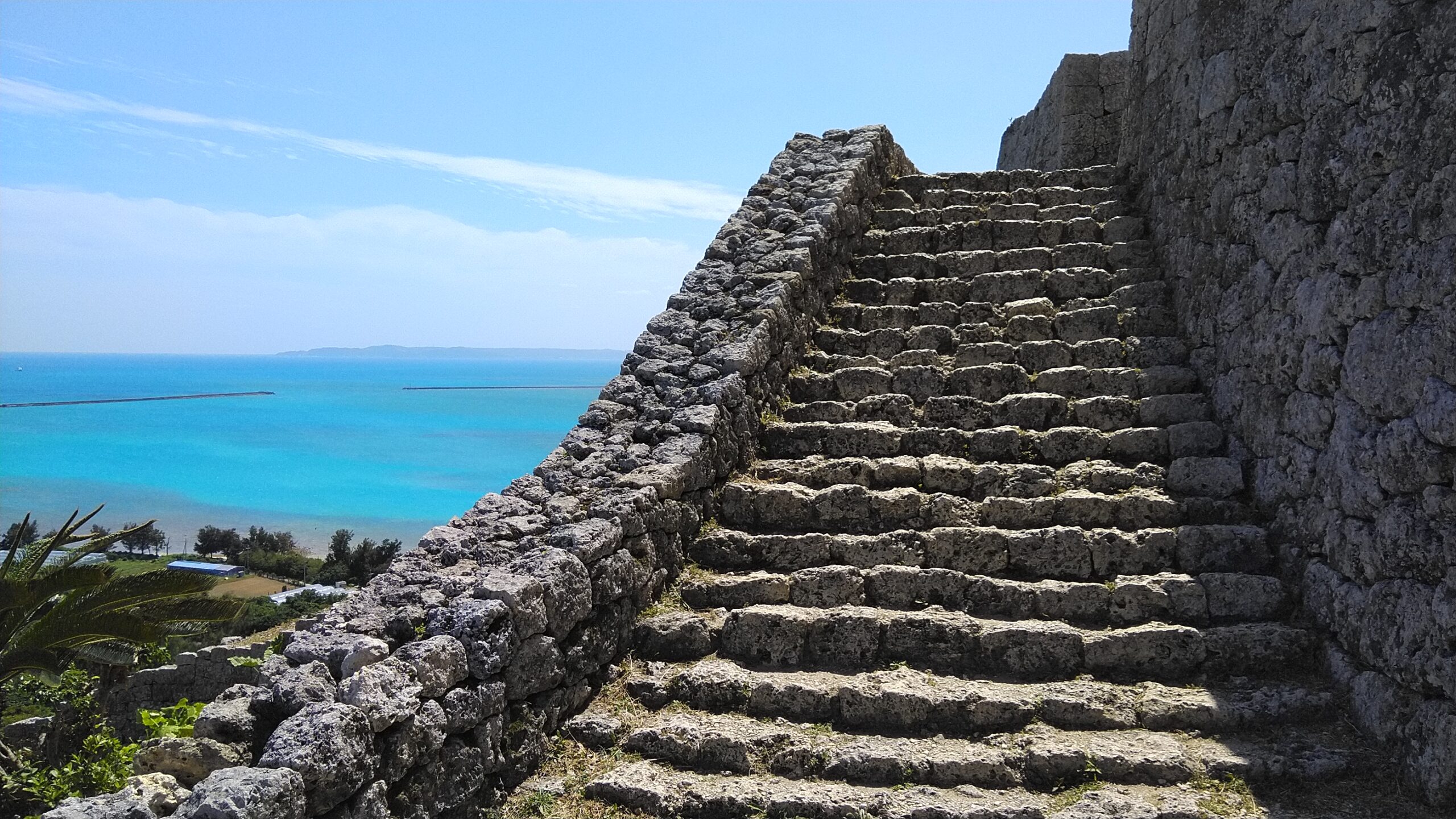
It may be hard to see in the photo, but as you go up, the width of the stairs is getting narrower. This is to disturb the intruder’s leadership and prevent them from entering “Ichi no Kuruwa” at once.
Furthermore, the stone wall on the right was also equipped with a small hole that could be attacked by an intruder.
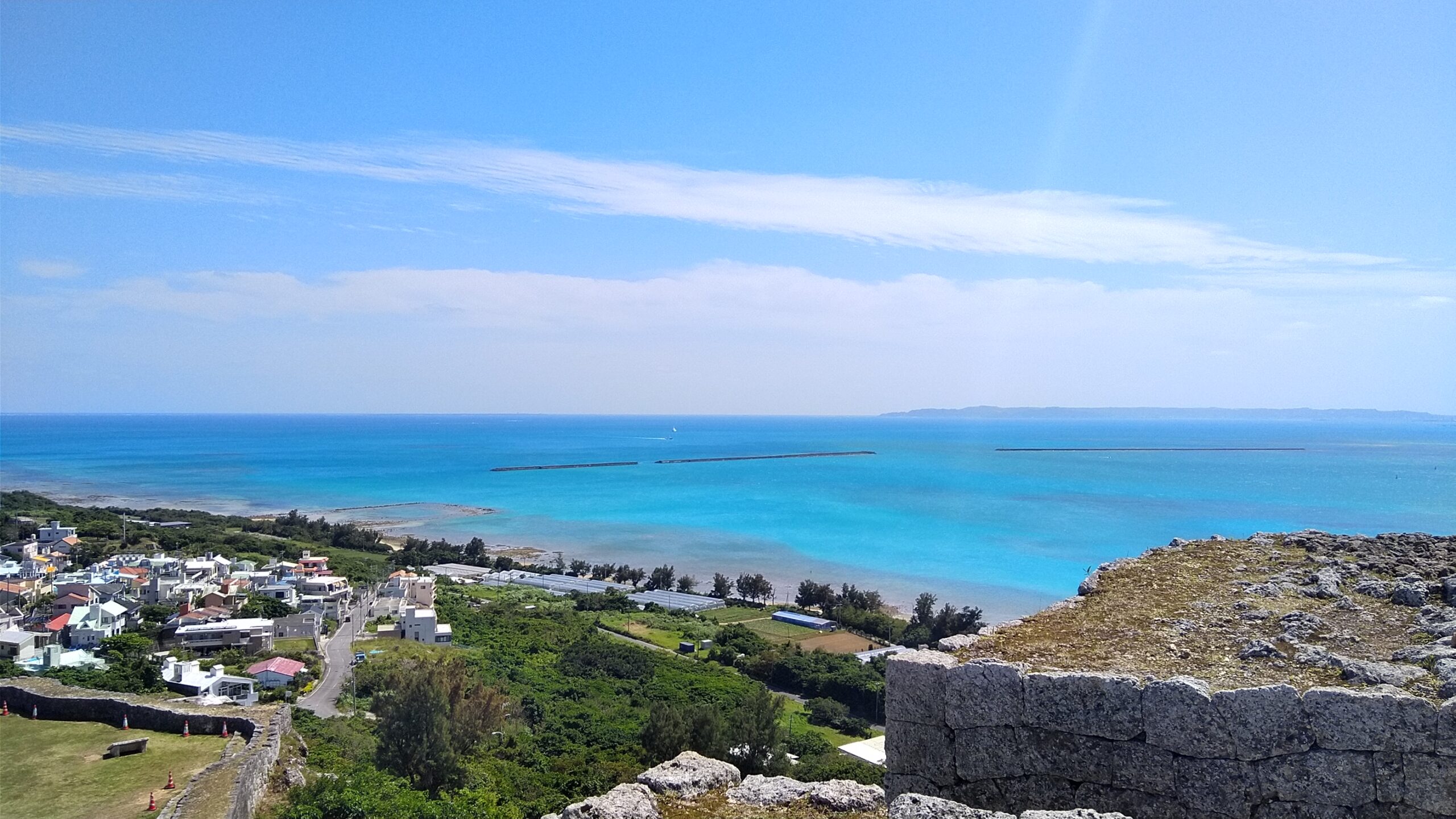
It can be seen from the top "Ichi no Kuruwa".
It is said that the last castle owner, “Amawari,” had excellent talent and was well-respected by the people.
The former castle owner laid down oppression and was drowning in sake, so he caused a coup d’etat and became the castle owner.
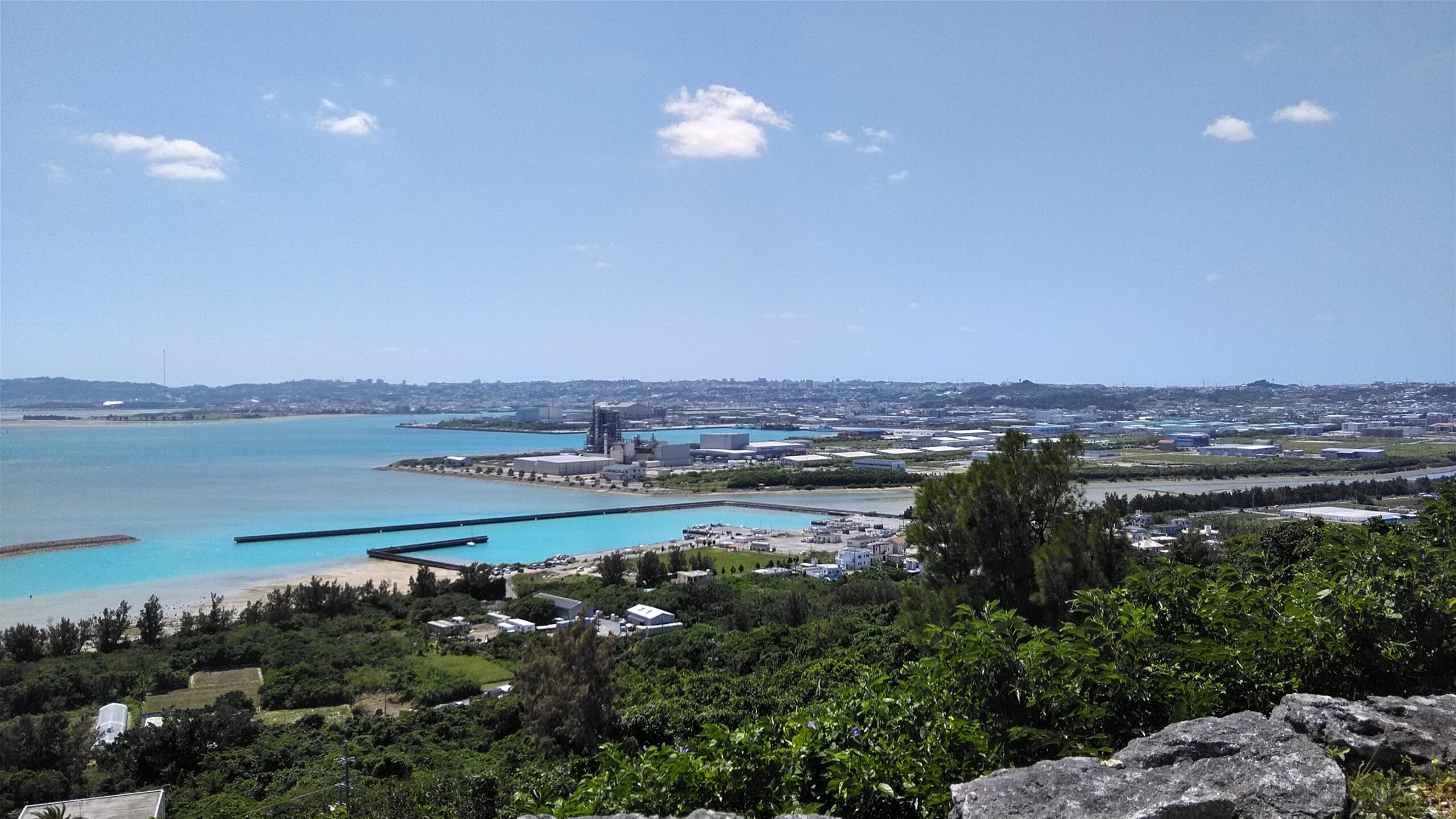
If it had been active in foreign trade and brought glory to Katsuren, it would have been a “hero” to the territory. It is written in the ancient Okinawan song “Omorosaushi”.
勝連の 阿麻和利 十百歳(とひゃくさ) ちよわれ
肝高(きむたか)の 阿麻和利 勝連と 似せて
肝高と 似せて
”Katsuren’s Amawari, please protect Katsuren for a thousand years. Noble Amawari, you should be in Katsuren. Be noble.”

Climbing Katsuren Castle and considering that Amawari and the people of that era were in this place, it feels very strange. Imagine the construction of the castle, the character of the castle owner, the sea where the trade was taking place, and the fact that it was done “here” over time, and it felt like a real time slip.
History is interesting (although I was not good at it when I was a student …)!

"Henza Island," "Miyagi Island," and "Ikei Island" can be seen near the center of the horizon. The "underwater road" that connects to it was built for industrial use, but it is now famous as a tourist spot.
Its name is "Hinukan"
Let’s look at Katsuren Castle from a different side.
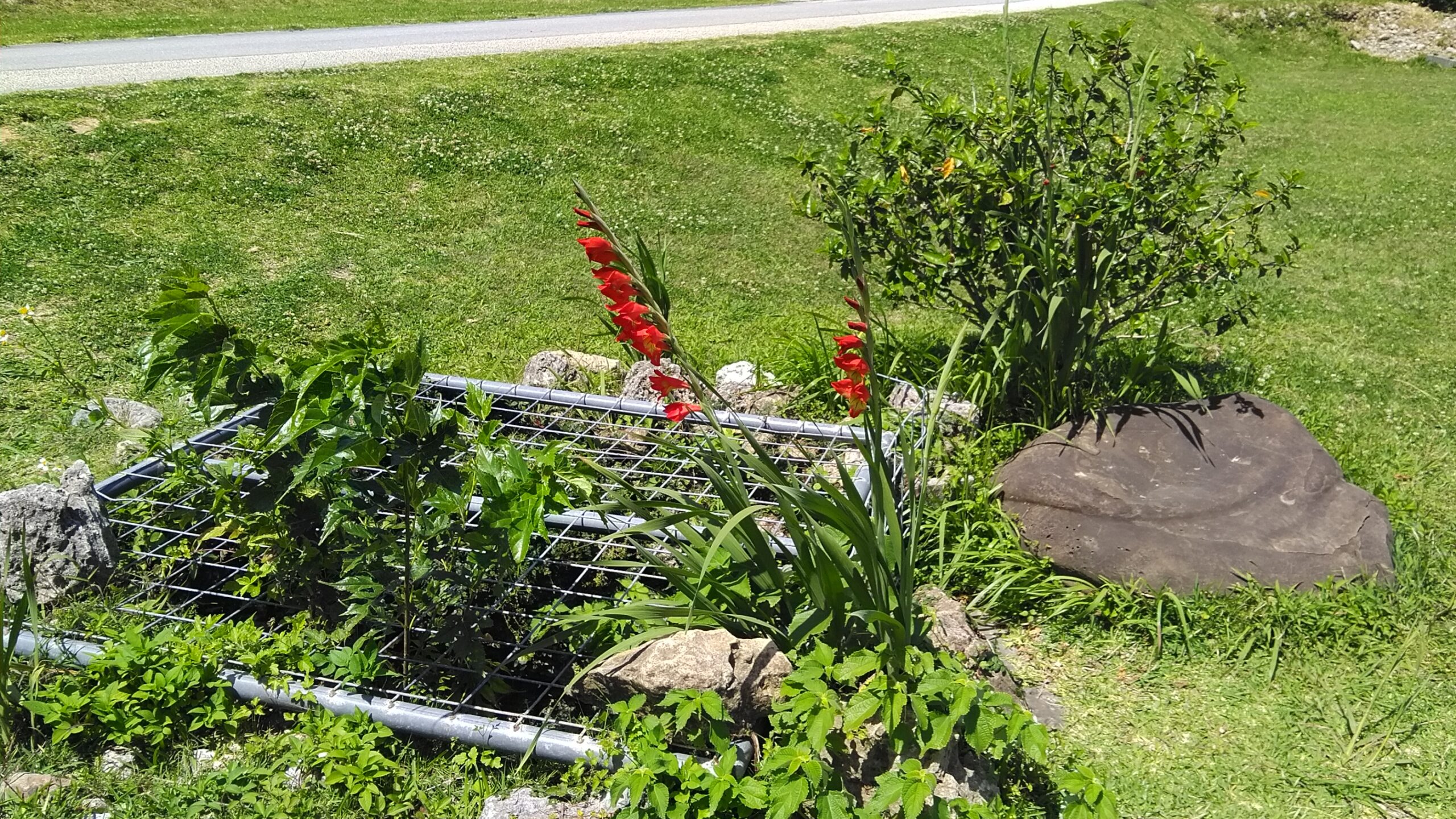
It seems that Okinawa has been suffering from “water shortage” since ancient times.
The reasons why water shortages are likely to occur are the lack of large rivers and well-drained strata. (Good drainage works well during typhoons and heavy rains.)
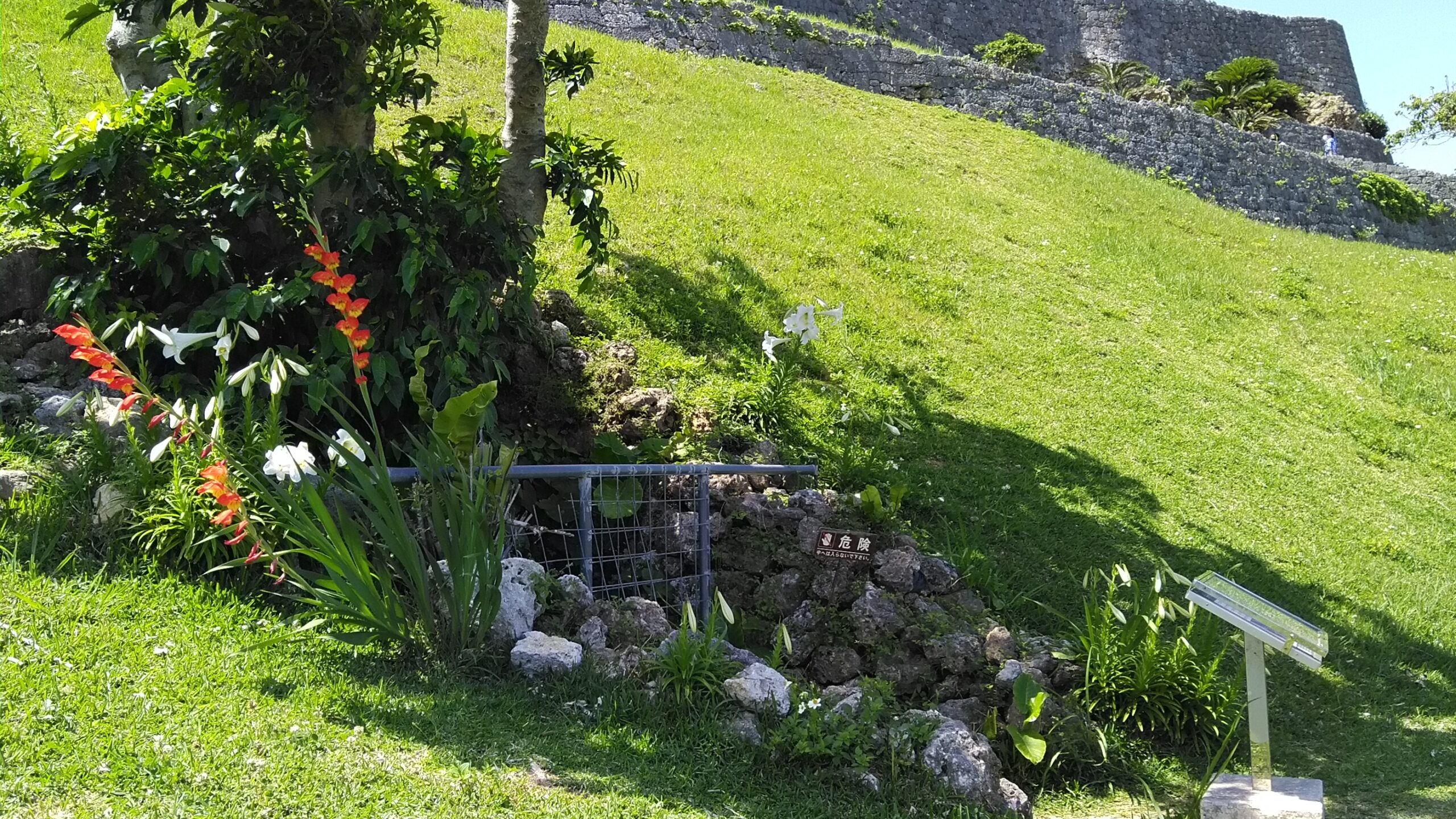
Therefore, there is a custom to be a very sacred place the spring water and wells.
There were many such “Ka” in Katsuren Castle. “Ka” means “spring water or well” as it is.
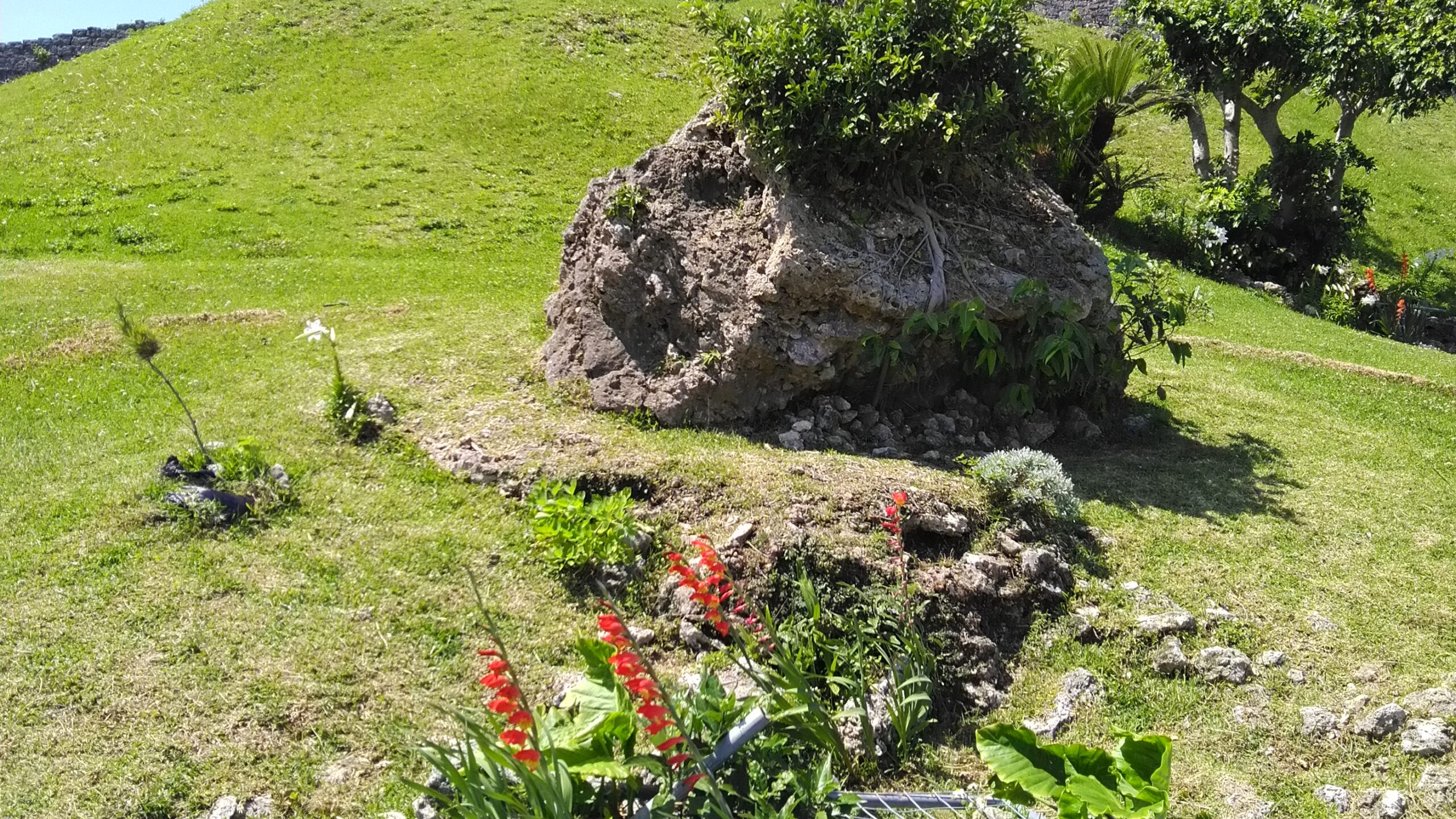
Utamishiga. At the time of the first worship (Ugami) on New Year's Day of the lunar calendar, the amount of water accumulated in the well was used to tell whether the year was a good harvest or a bad harvest.
It seems that it was not only a place to secure water necessary for daily life, but also a playground for children and a place for residents to relax.
It was also a “place of prayer”.
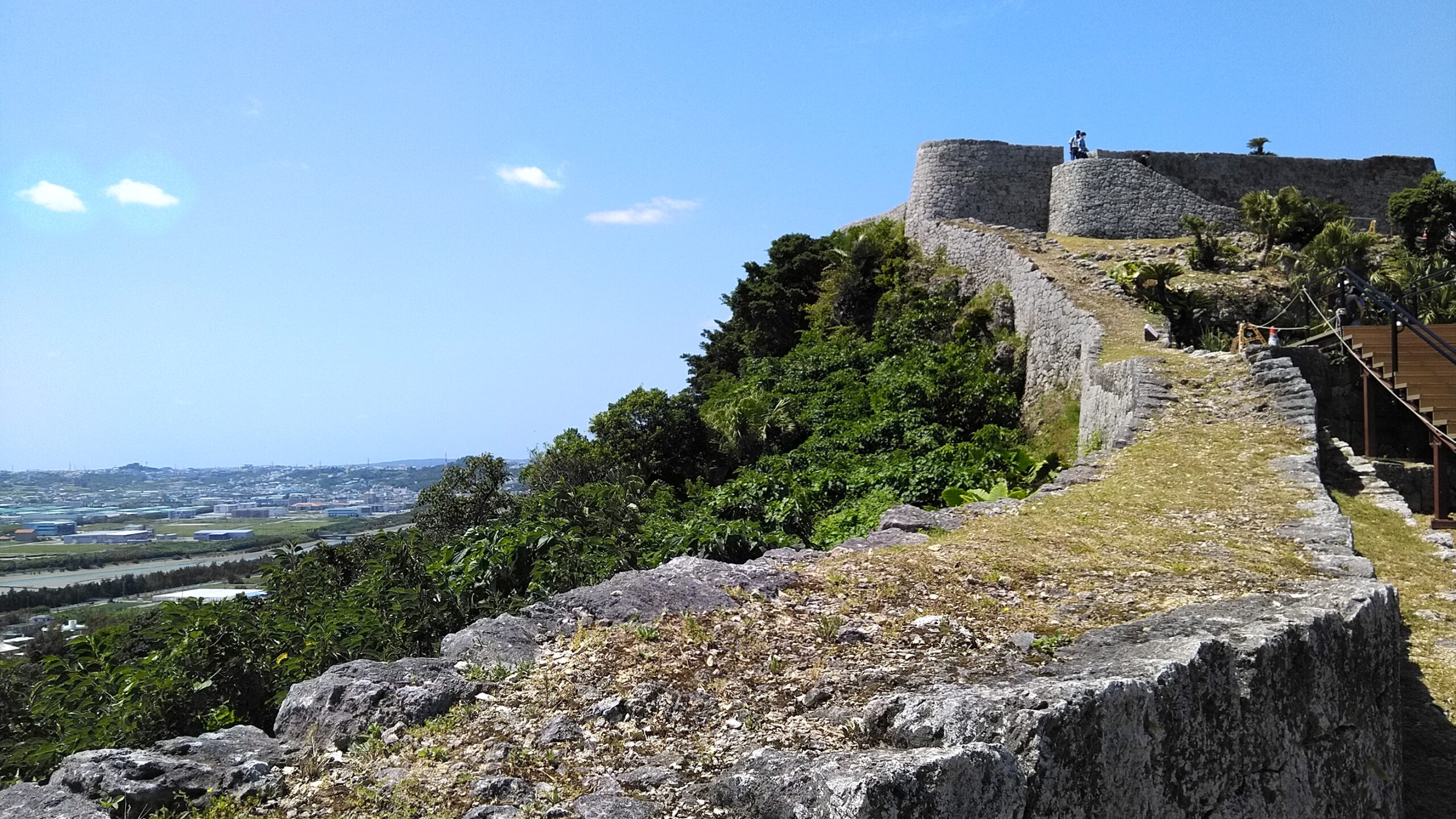
“Ryukyu Shinto” was worshiped mainly during the Ryukyu Kingdom era. Mainly worshiping nature and ancestors.
The ancient idea of Ryukyu was not “a prayer for personal happiness” but “a prayer for the production of agricultural products and the stability of society as a whole”, and the idea that “if society as a whole becomes peaceful, individuals can also be happy”.
Even in modern Okinawa, it exists in the form of permeating into everyday life and the way of thinking of things (folk religion).
Okinawa’s grave visits and Eisa (traditional dances to pick up and drop off the spirits of ancestors) are based on this idea of “ancestor worship.”

This is a place called “Tunumtu”. “Kaminchu” is a common name for a priest in Ryukyu Shinto.
In Okinawa, there is a word “man is Uminchu, woman is Kaminchu”, and it seems that it is women who serve God. Therefore, it is said that Kaminchu is also called “Noro”.
There are also people called “Yuta” who make judgments about the problems of private families.

If Ka is a belief in “water”, this is a place of belief in “fire”. Its name is “Hinukan”.
Even now, it is common for families to offer the fire of the stove as a god (1st and 15th of each month of the lunar calendar) and worship on a daily basis. Again, I think that it is women who serve “Hinukan”, and I hear that many households have women in front of the stove and in the kitchen.
A family guardian deity of all things, he also reports on all important matters such as family birth, school enrollment, marriage, divorce, and death.
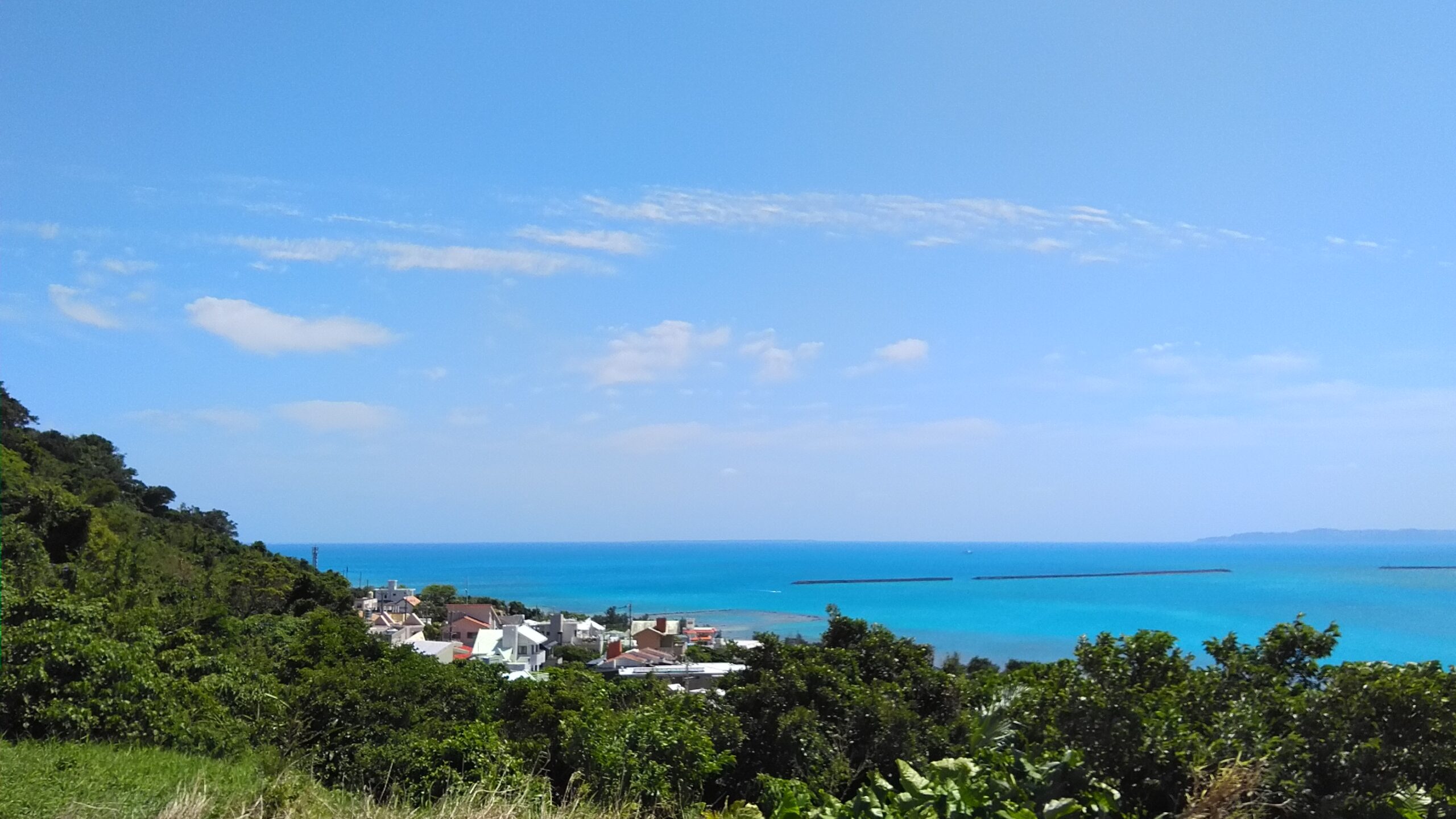
I didn’t know about this when I was traveling to Okinawa.
Nowadays, this kind of belief and the existence of Utah seems to be quite natural, but when I first learned about it, I remember feeling something like “awe.”
Okinawan language course ②
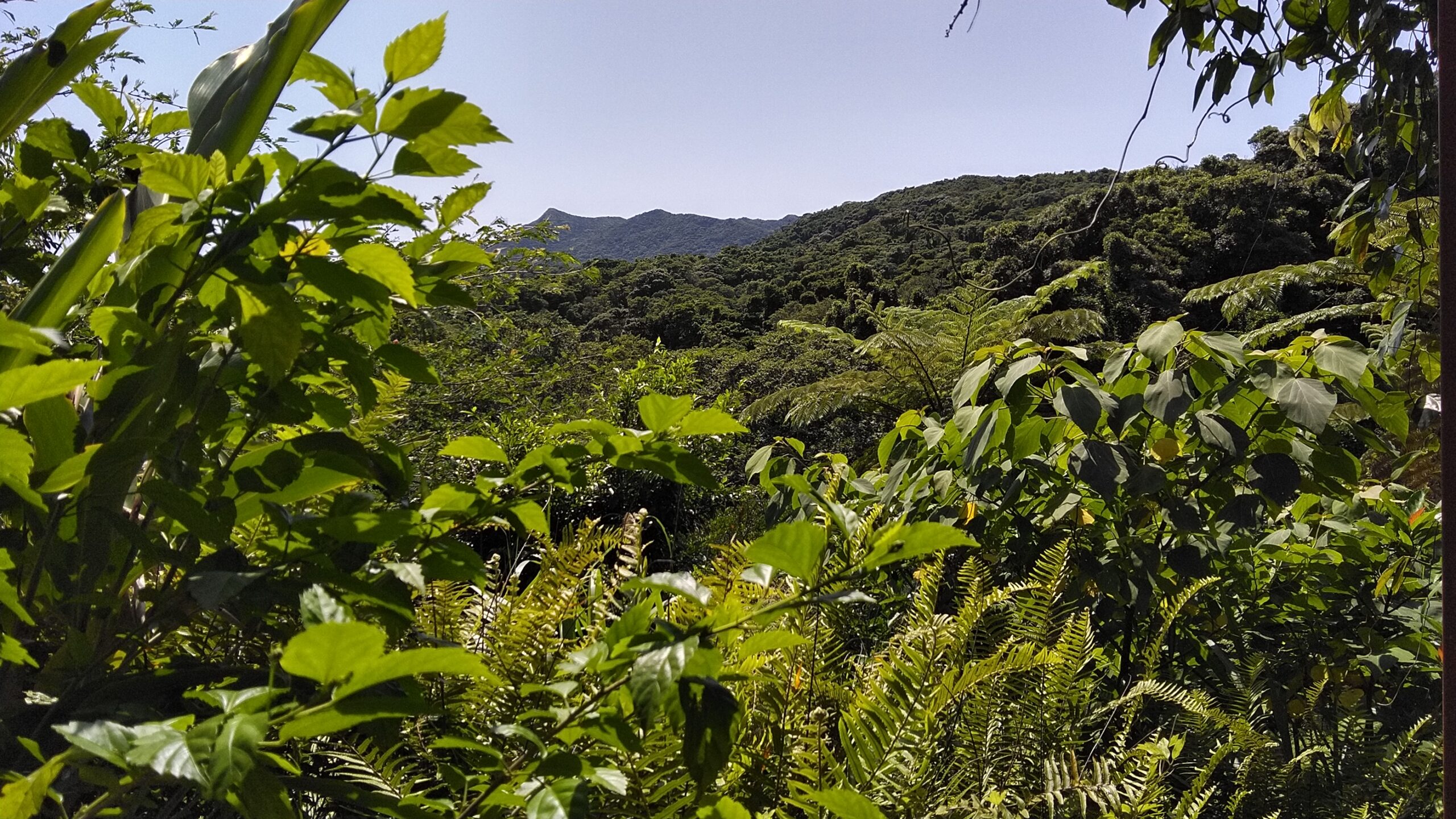
In the northern part of the main island of Okinawa. The area where a lot of nature is left is called "Yanbaru".
Finally, I would like to introduce two Uchinaguchi (Okinawa dialect). This time, let’s also take a look at the “Miyakojima dialect” that I mentioned in the writing part.
【Welcome】
Isn’t this a very famous word in Okinawan language?
The word “mensore” is often found at the entrances of airports and shops.
When this becomes the Miyako dialect, it is said to be “Nmyachi”. There aren’t many words that start with “n”.

A banana tree near the ruins of Katsuren Castle.
【I’m fine】
In Okinawan language, Ganju (health) and Soibin (I’m doing) are collectively called “Ganju Soibin”.
And in the Miyako dialect,”Pani Pani”.
Panipani! It conveys a lot of energy and sounds pretty.
See you next time.
